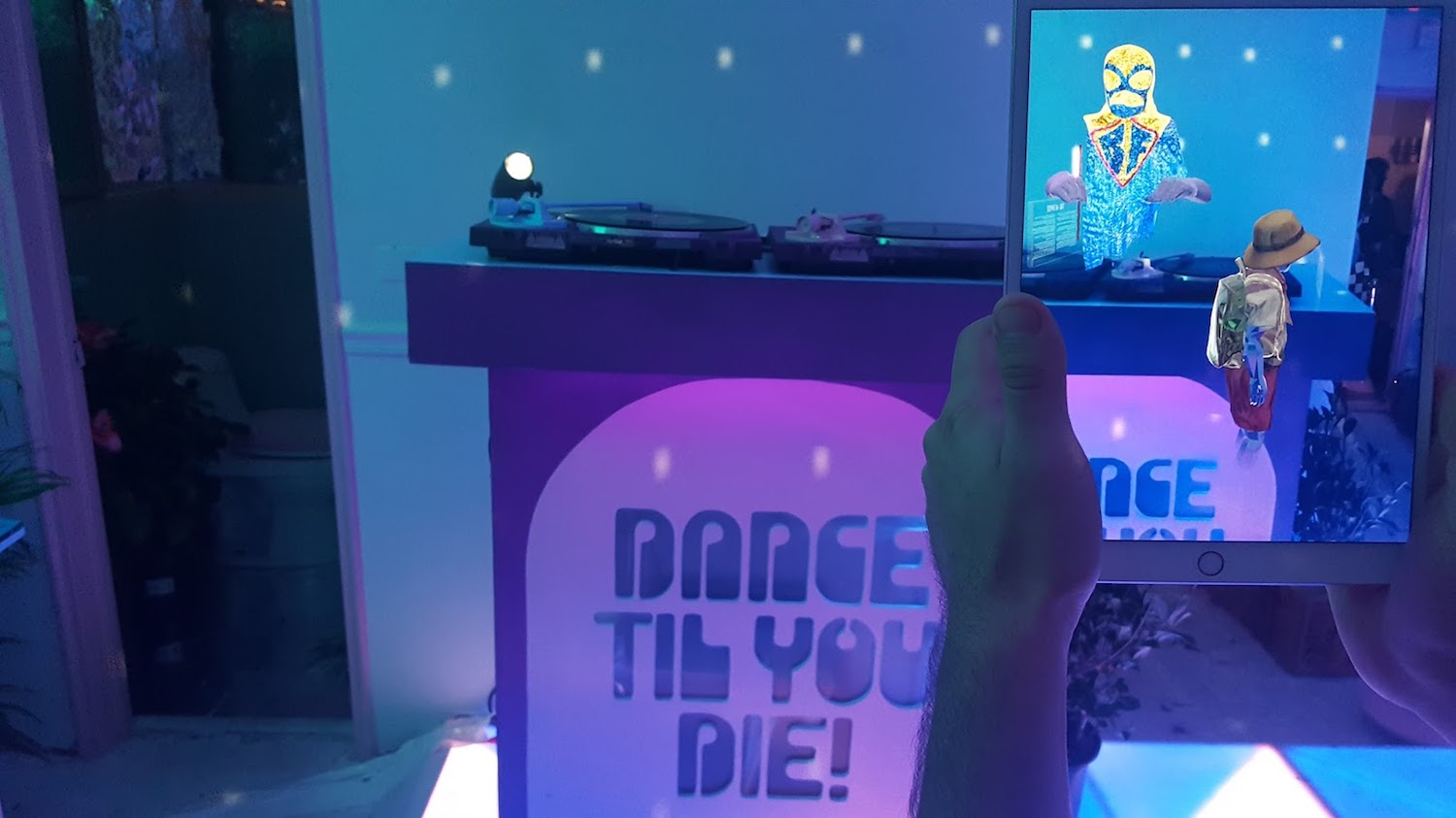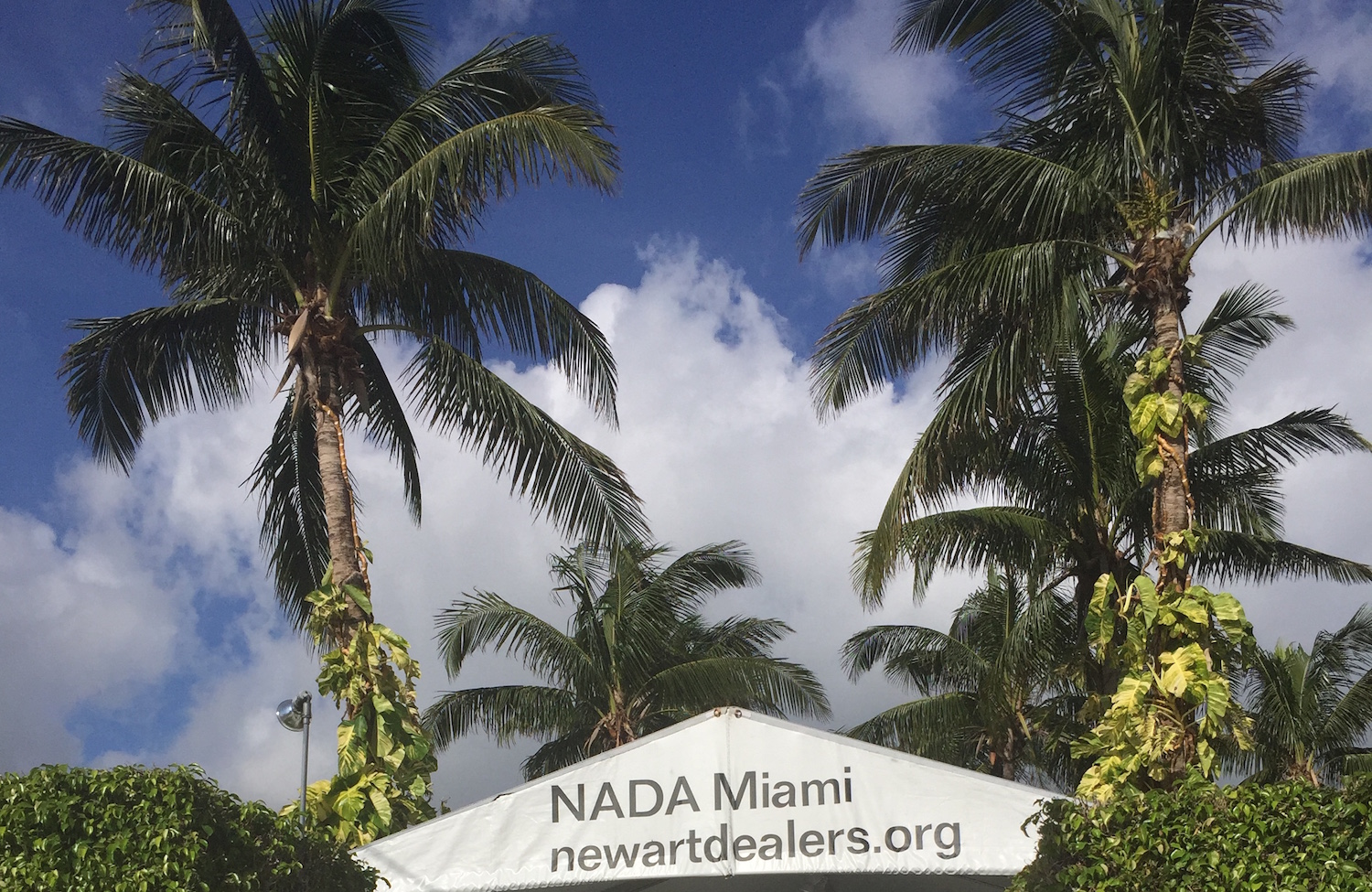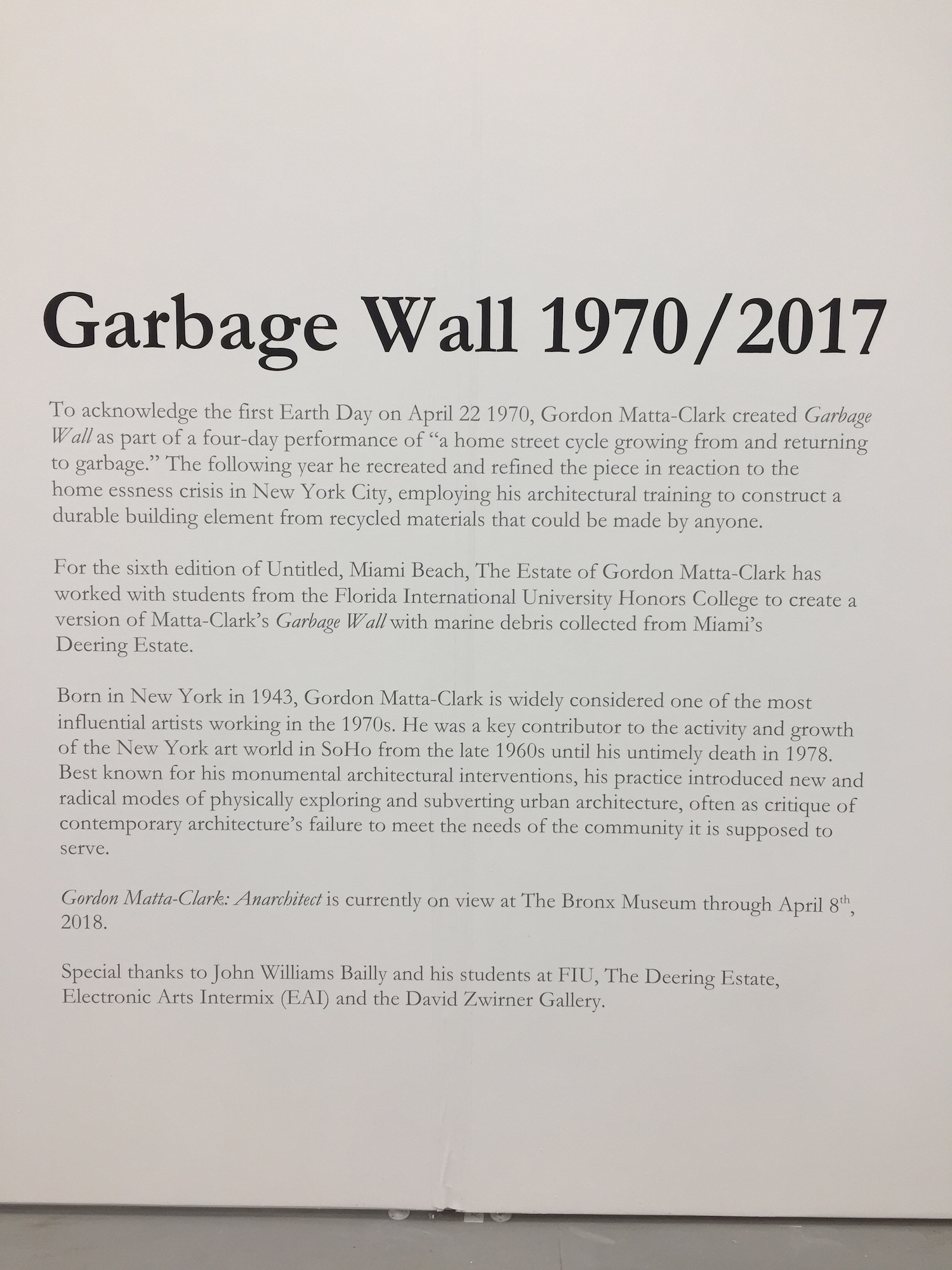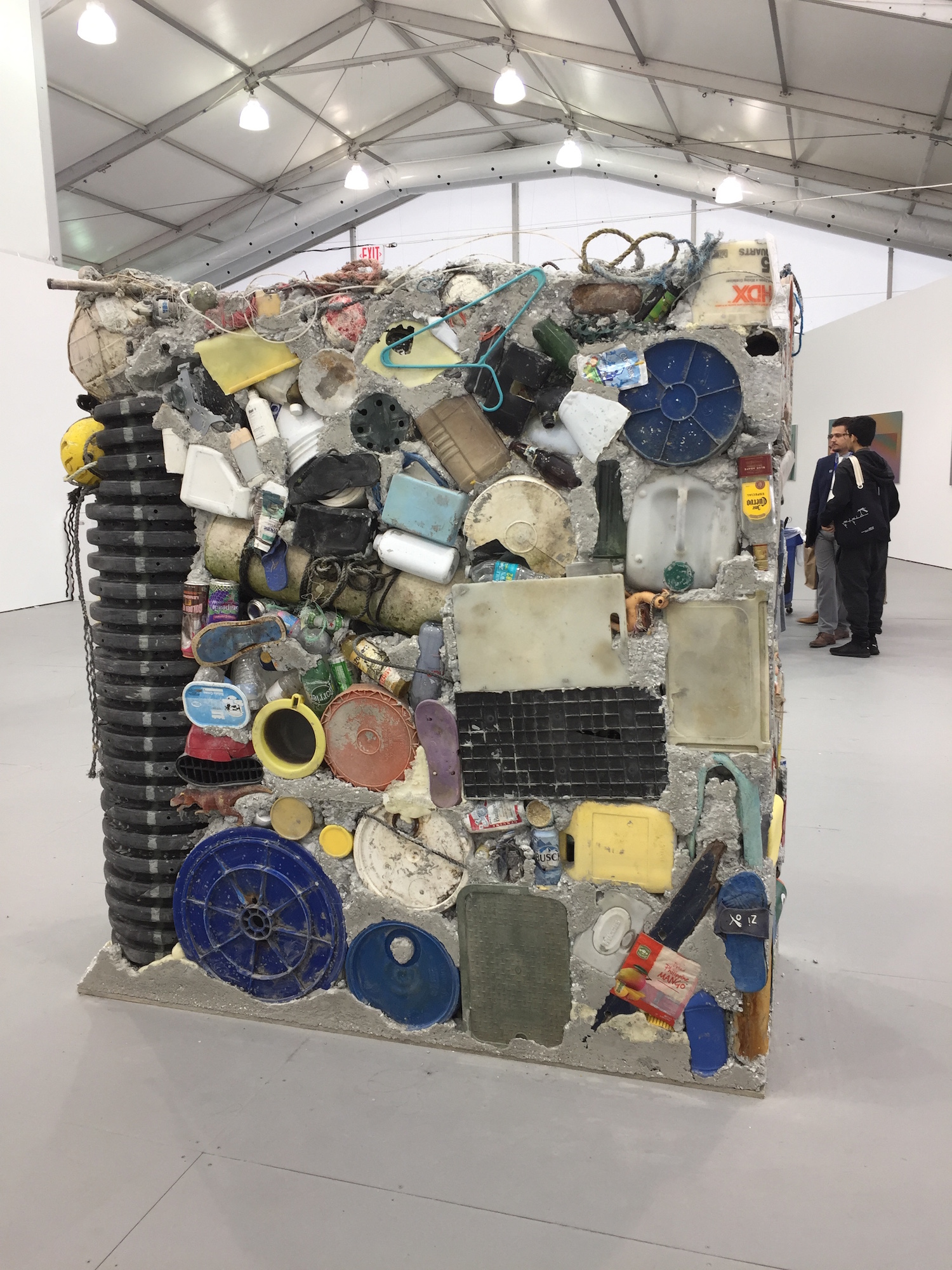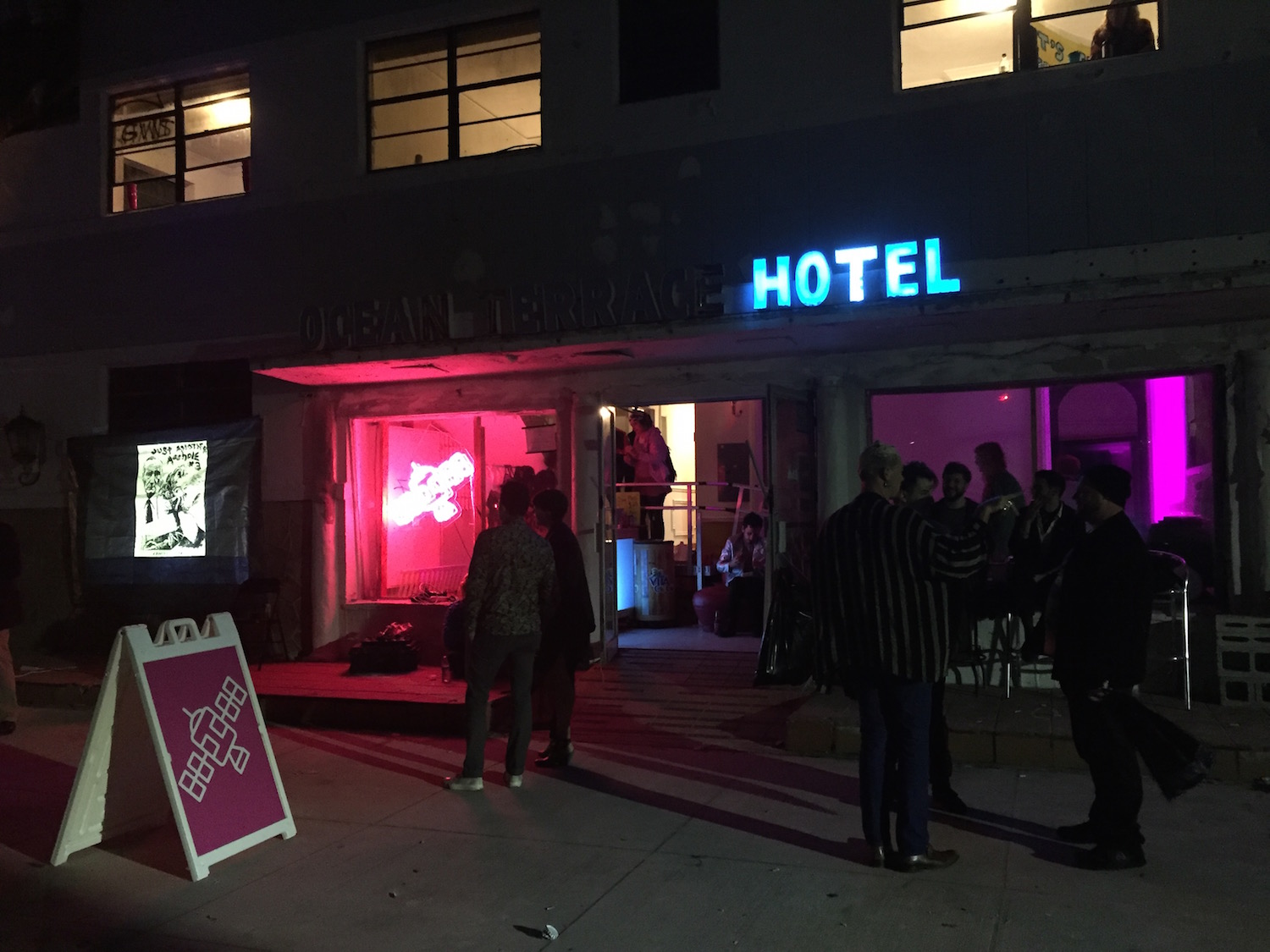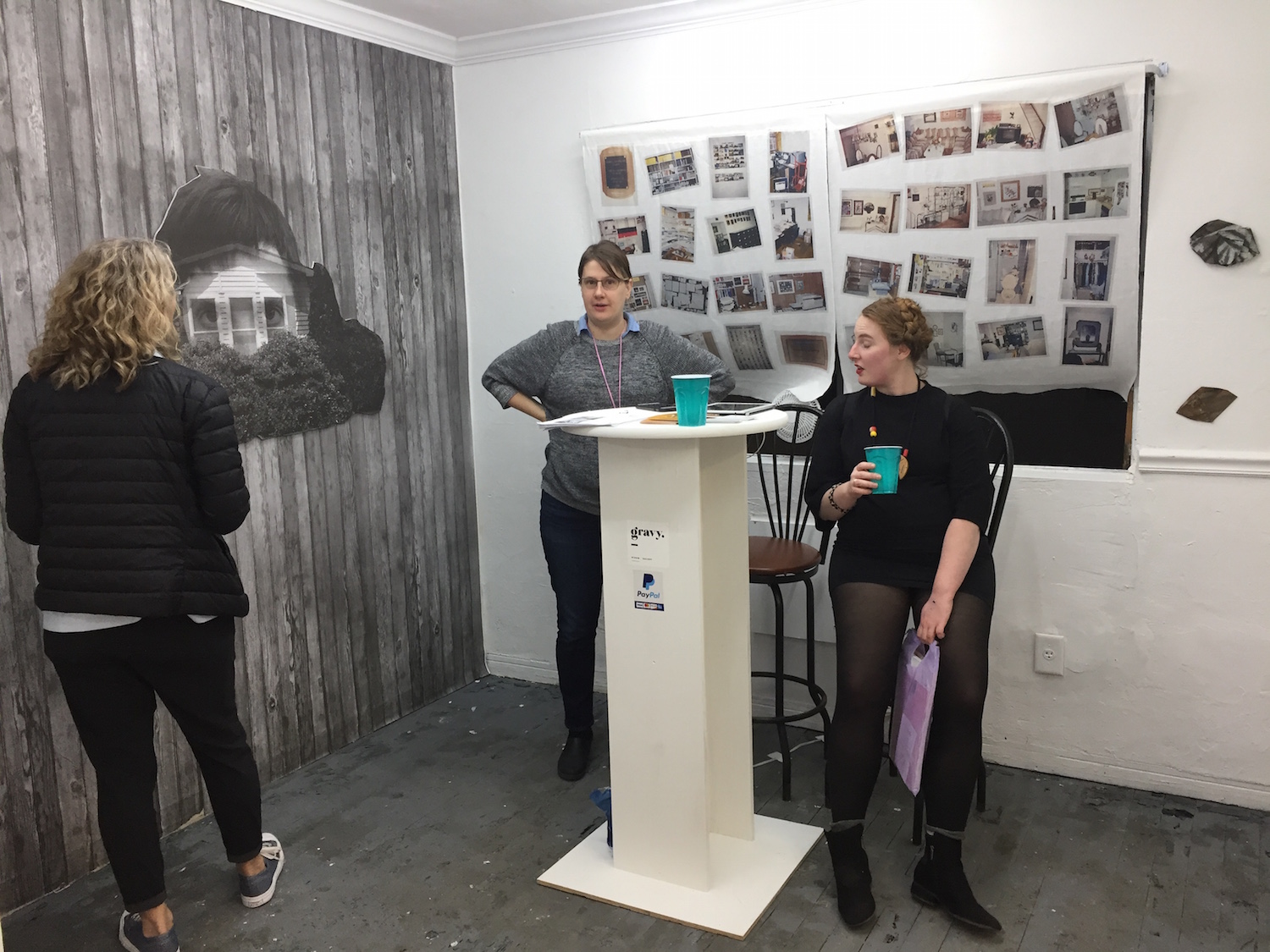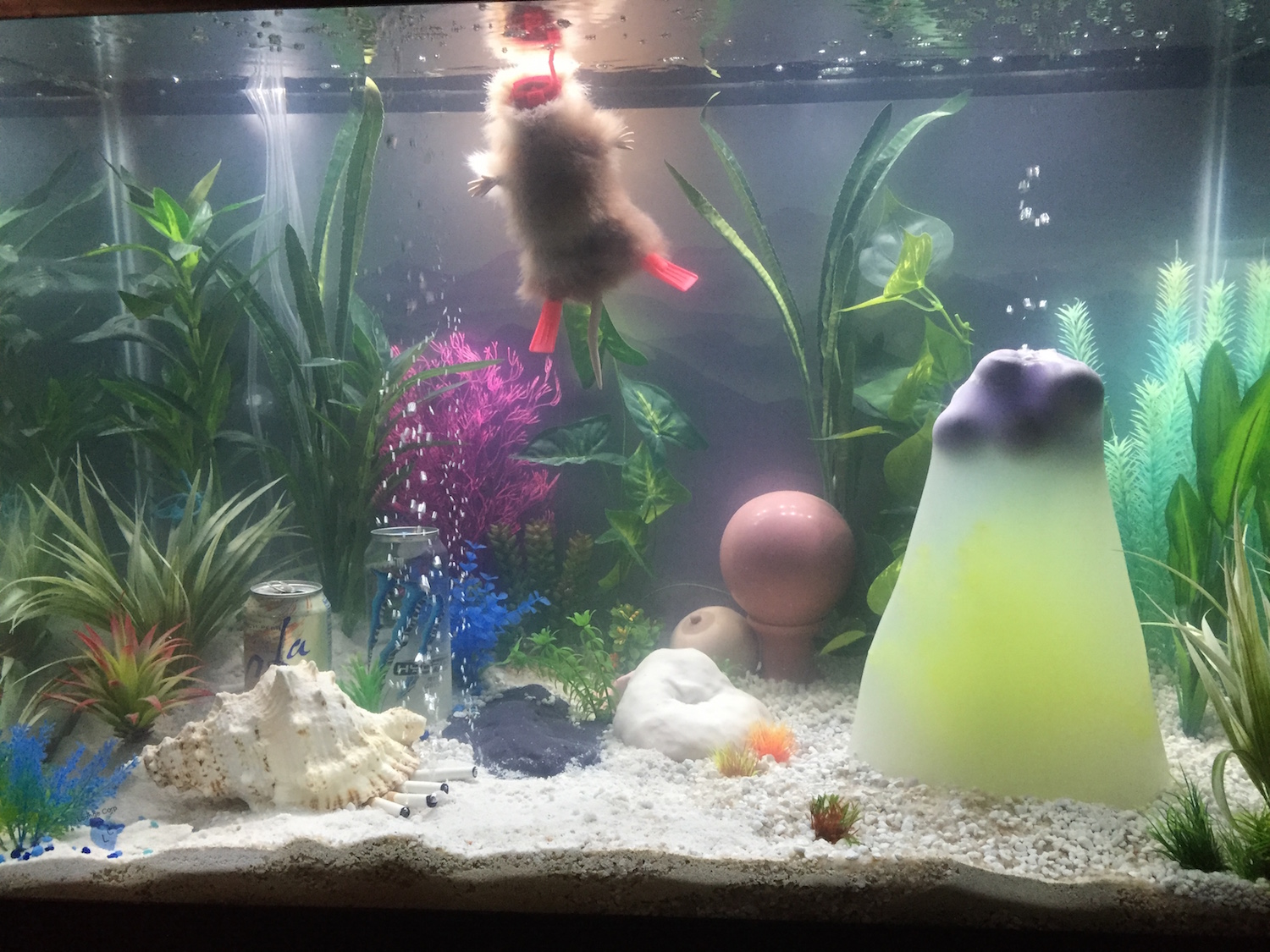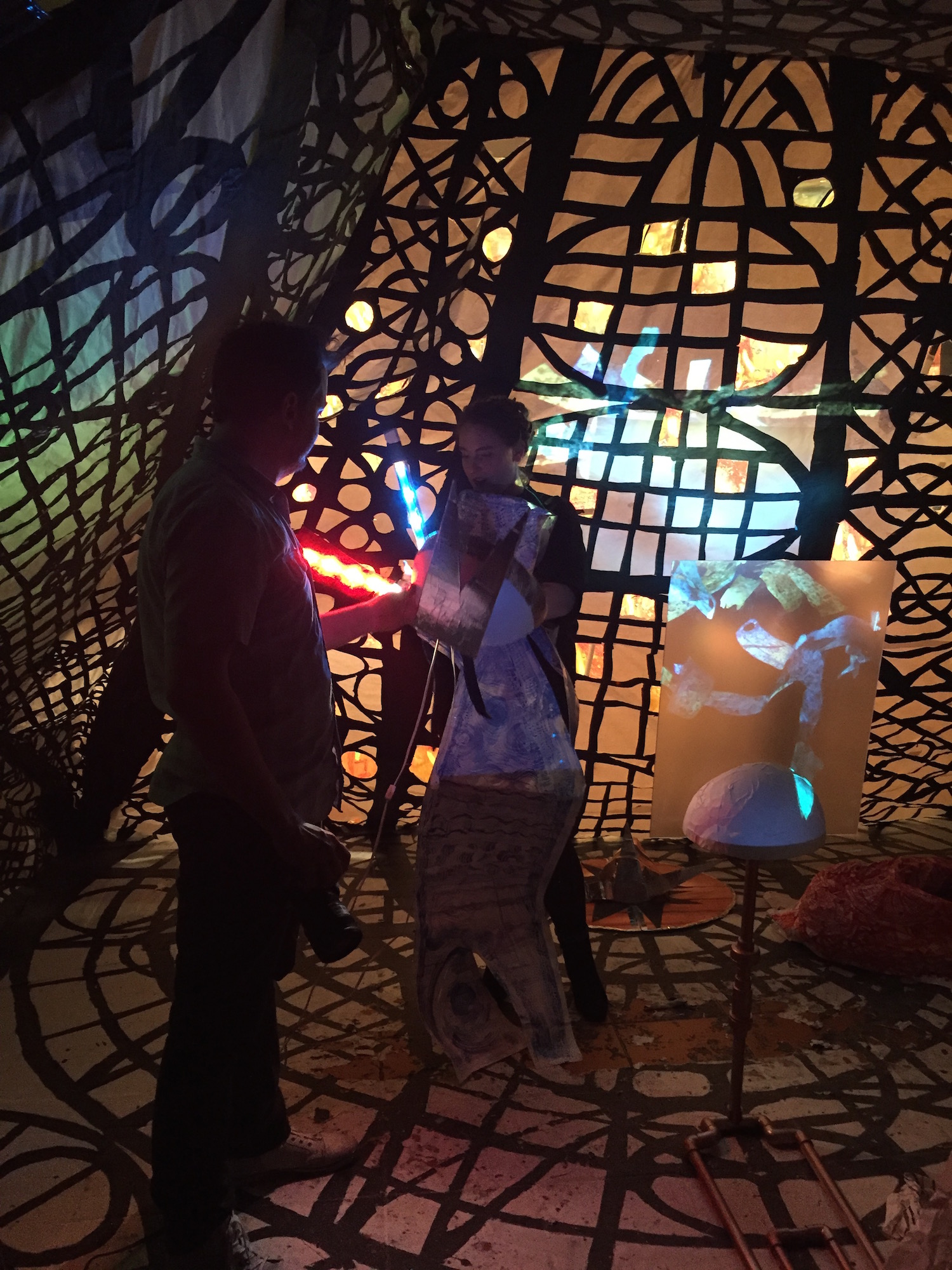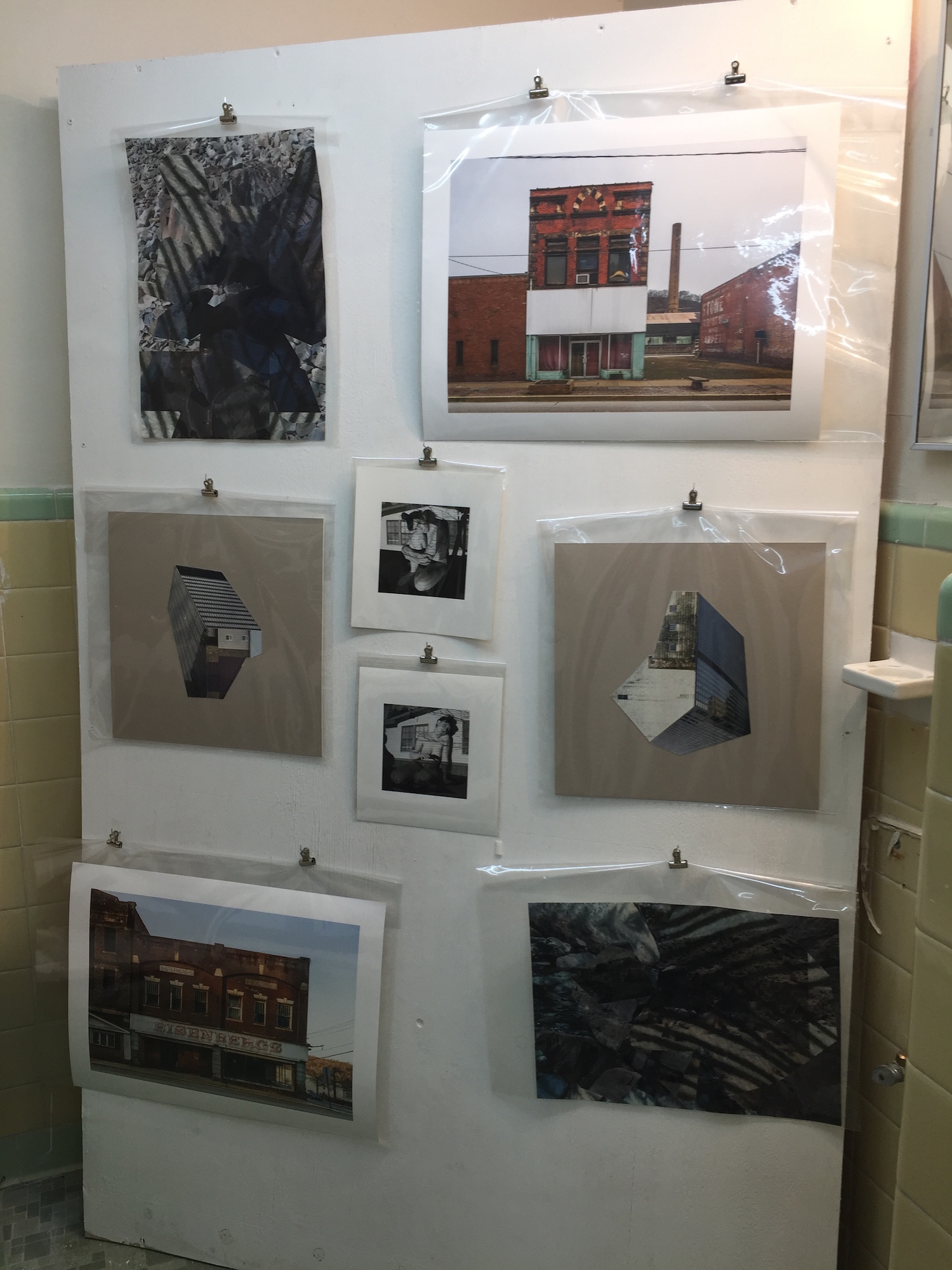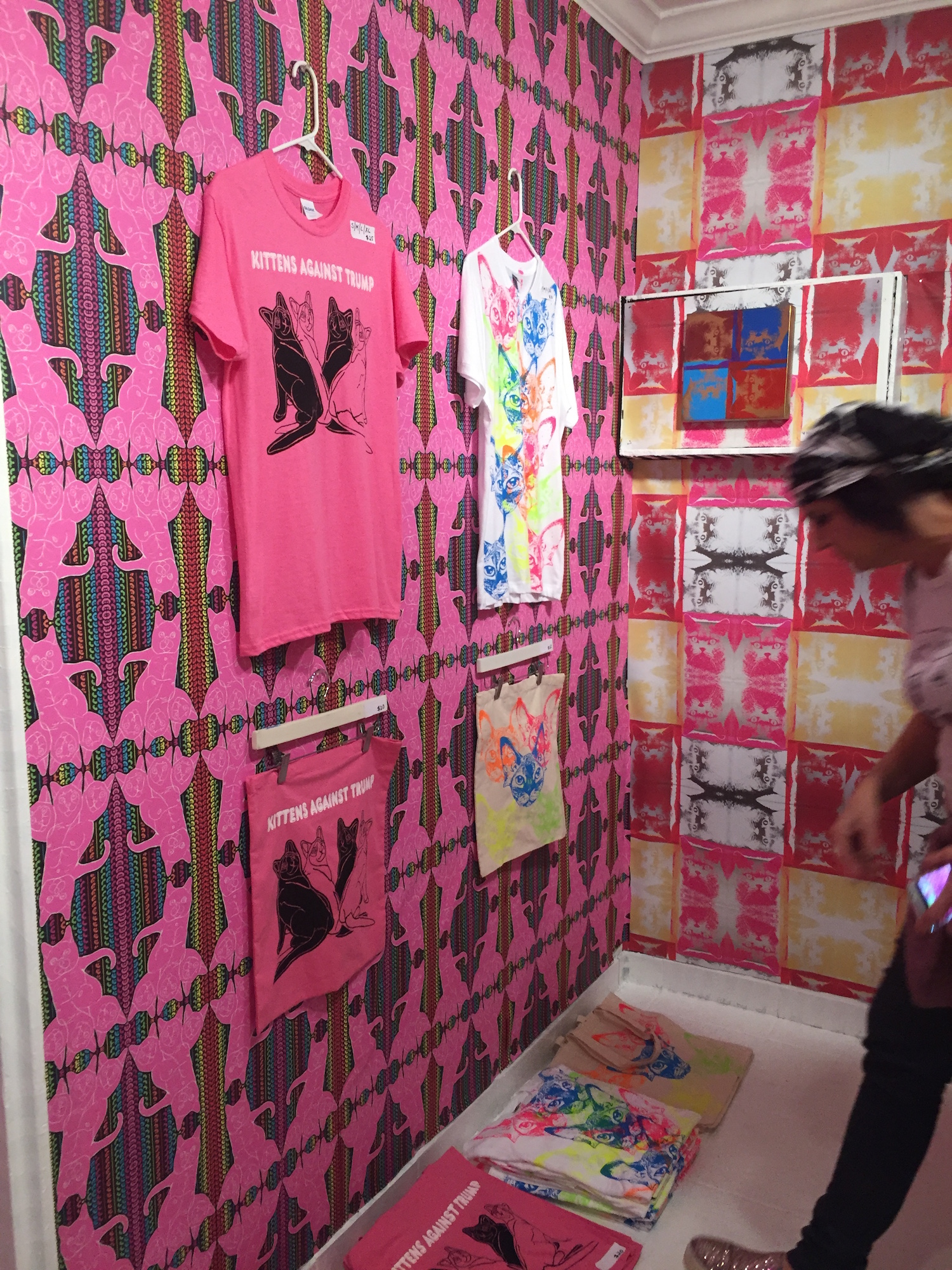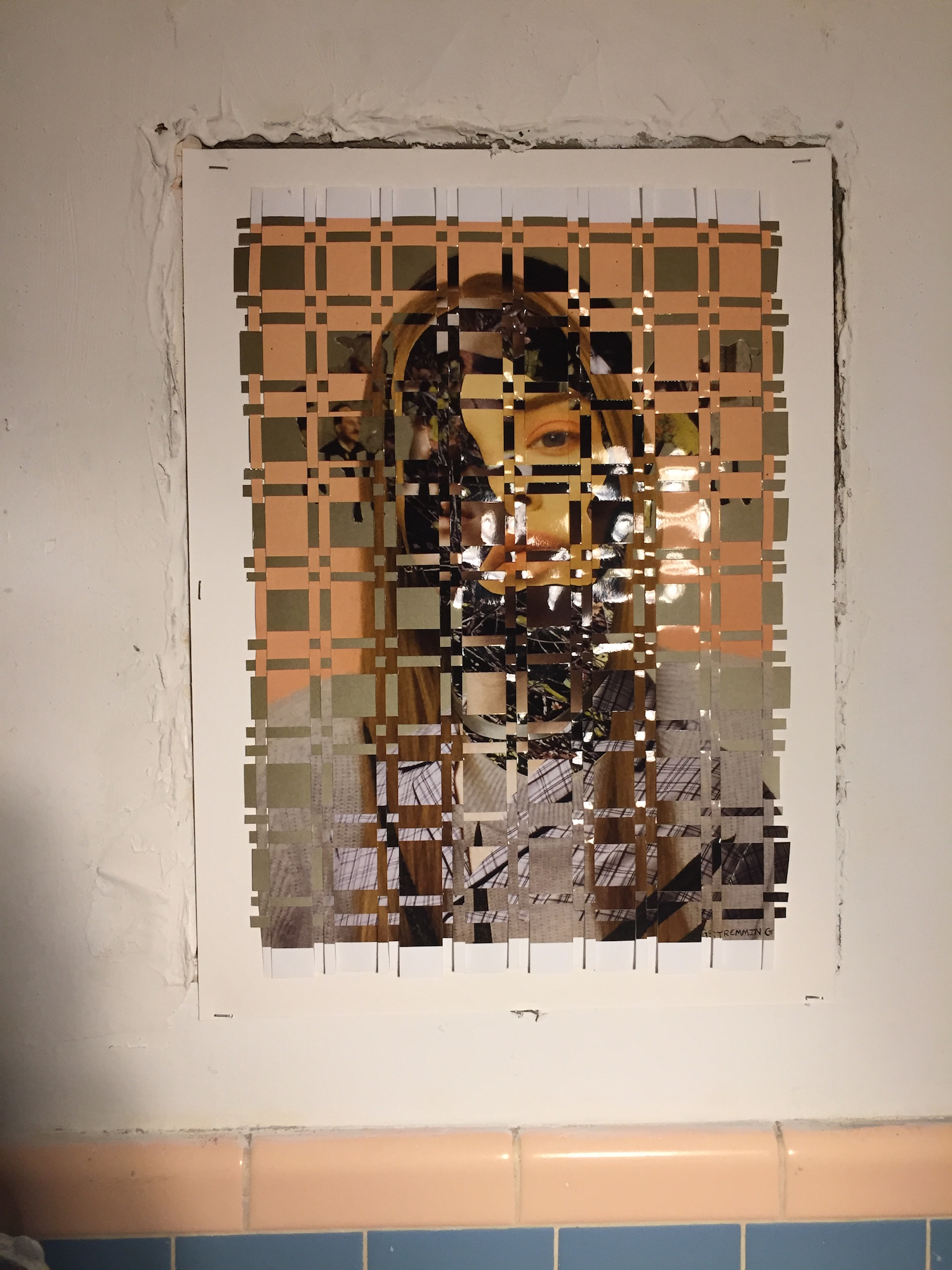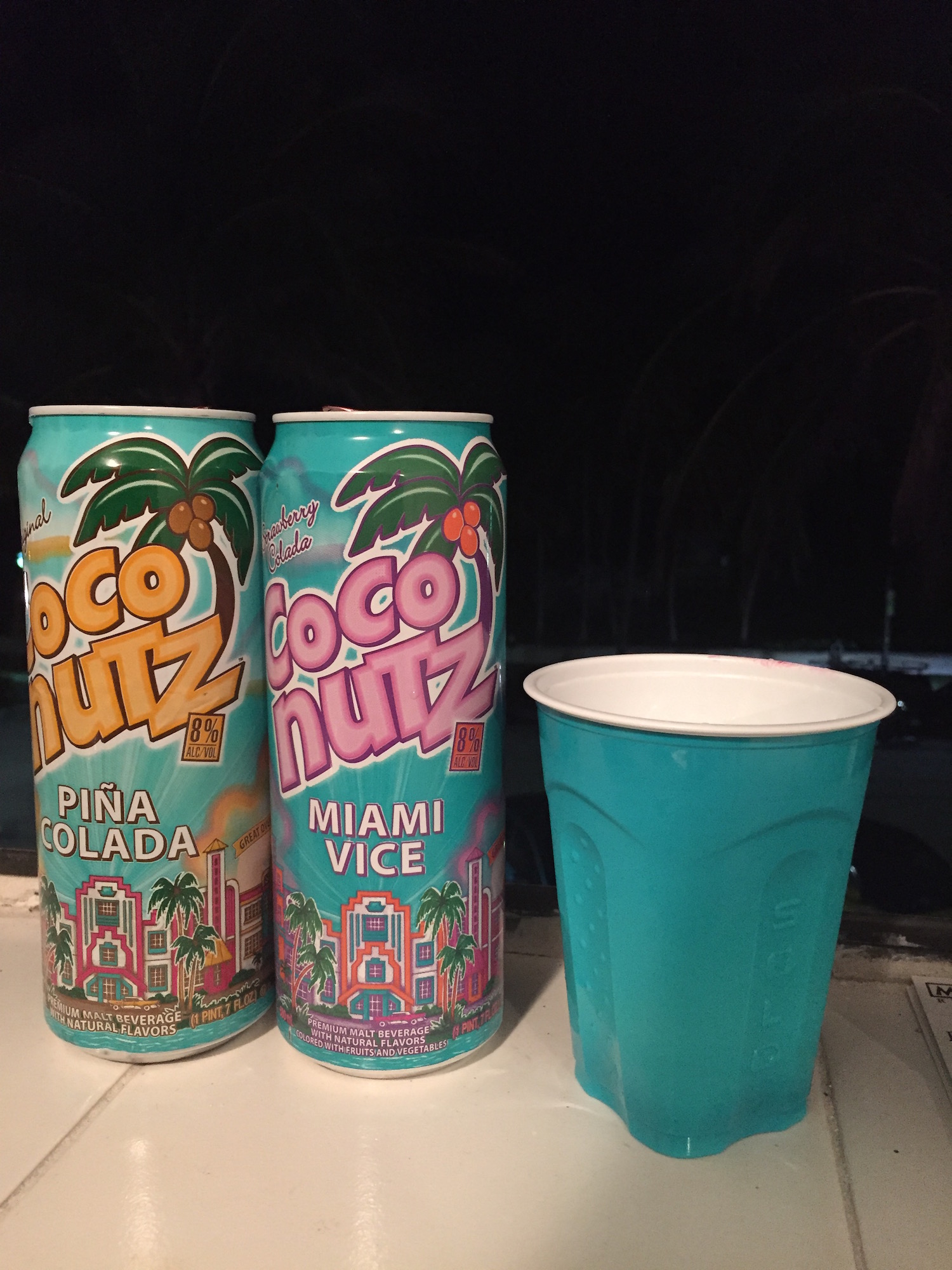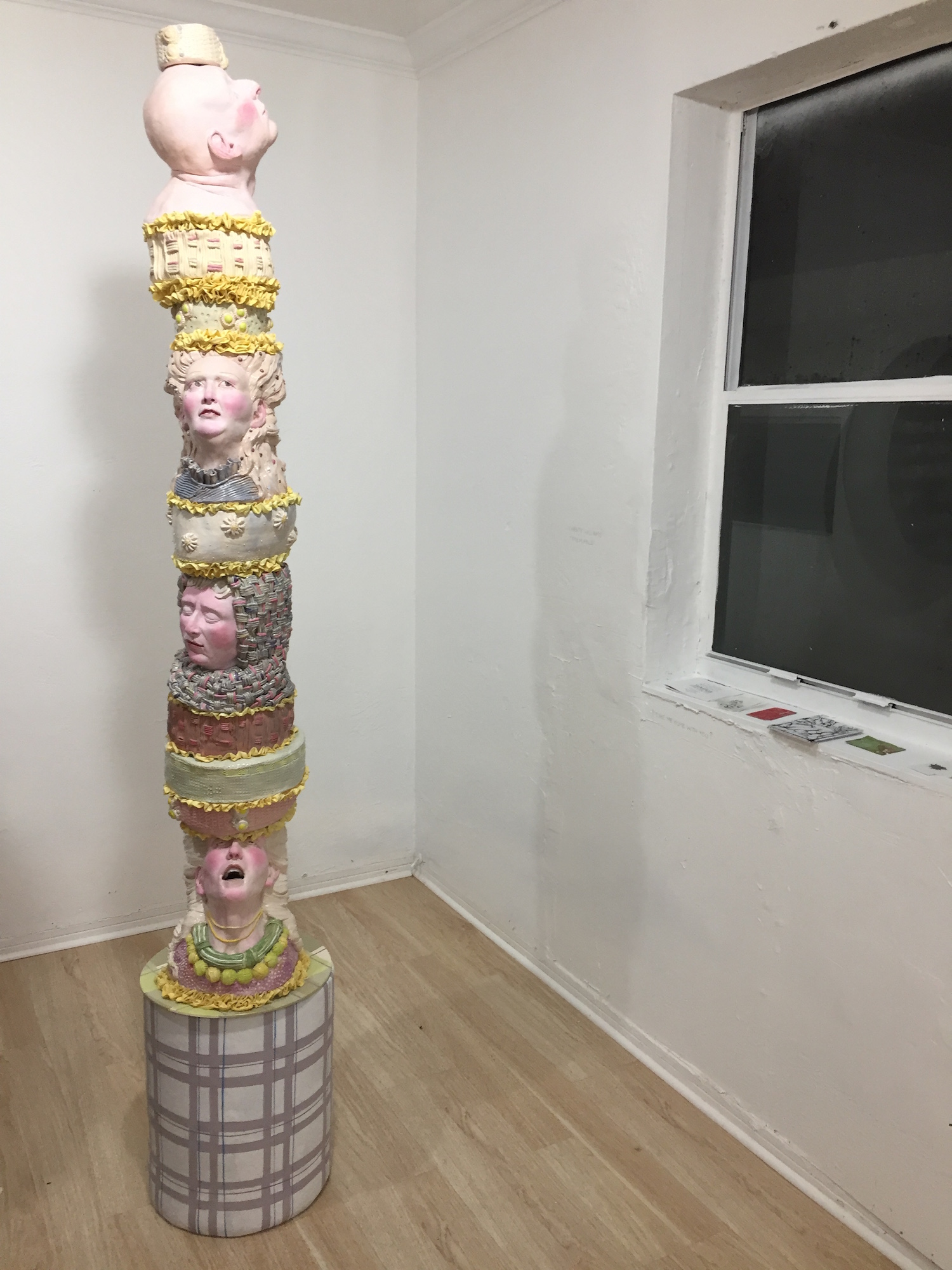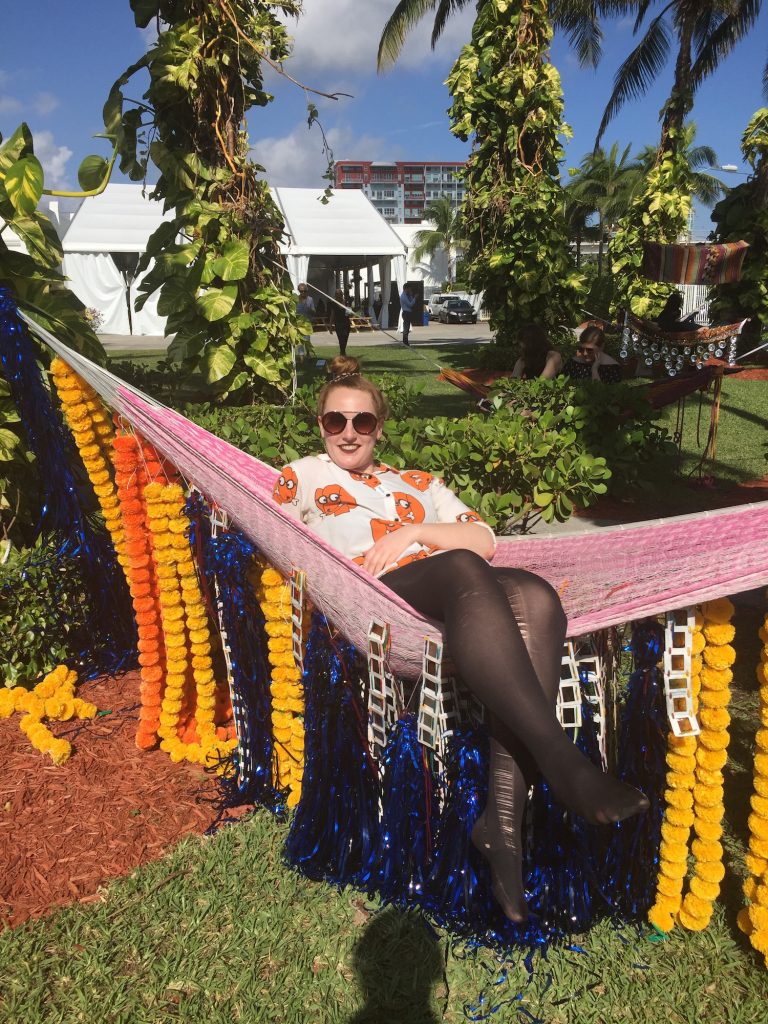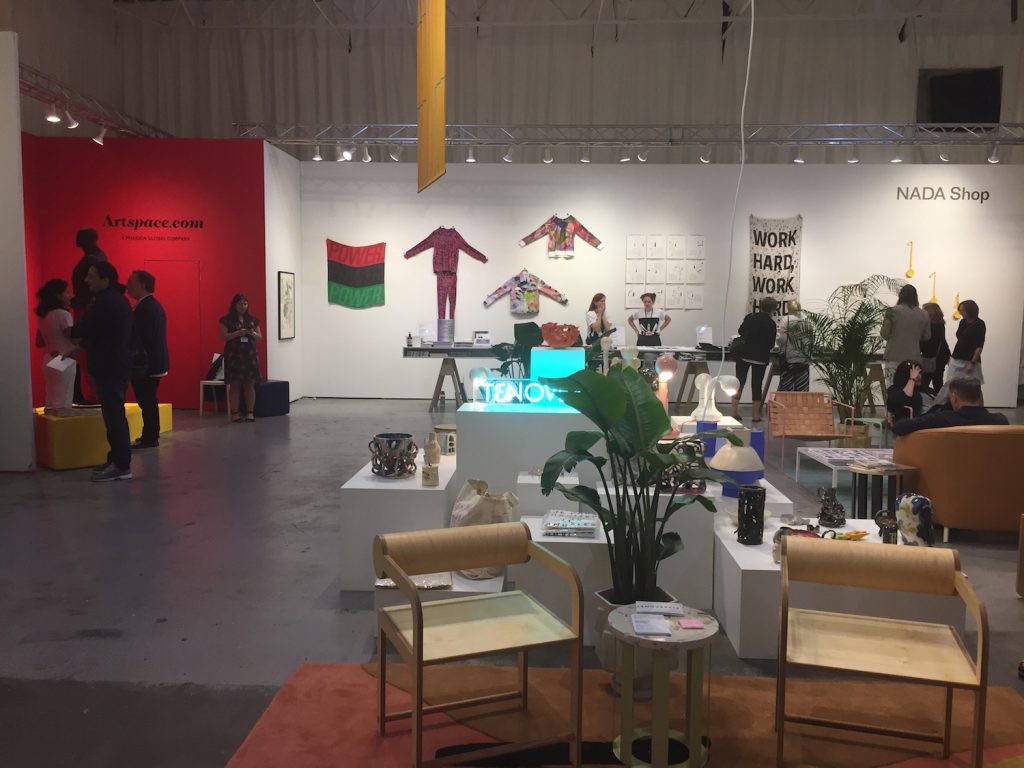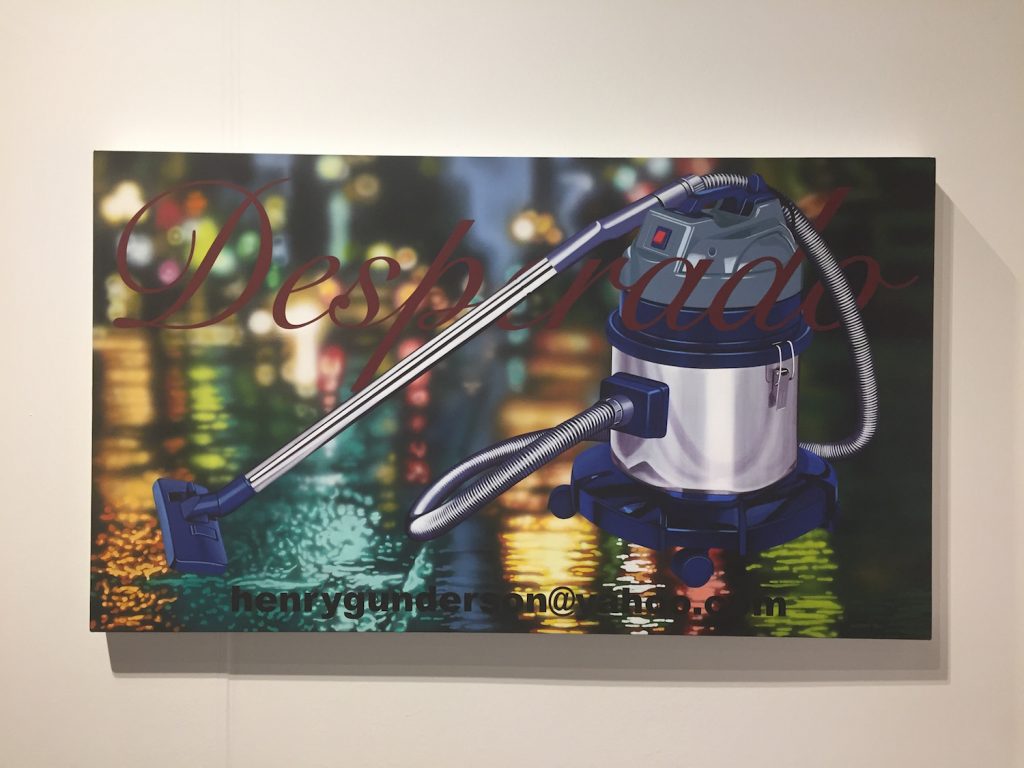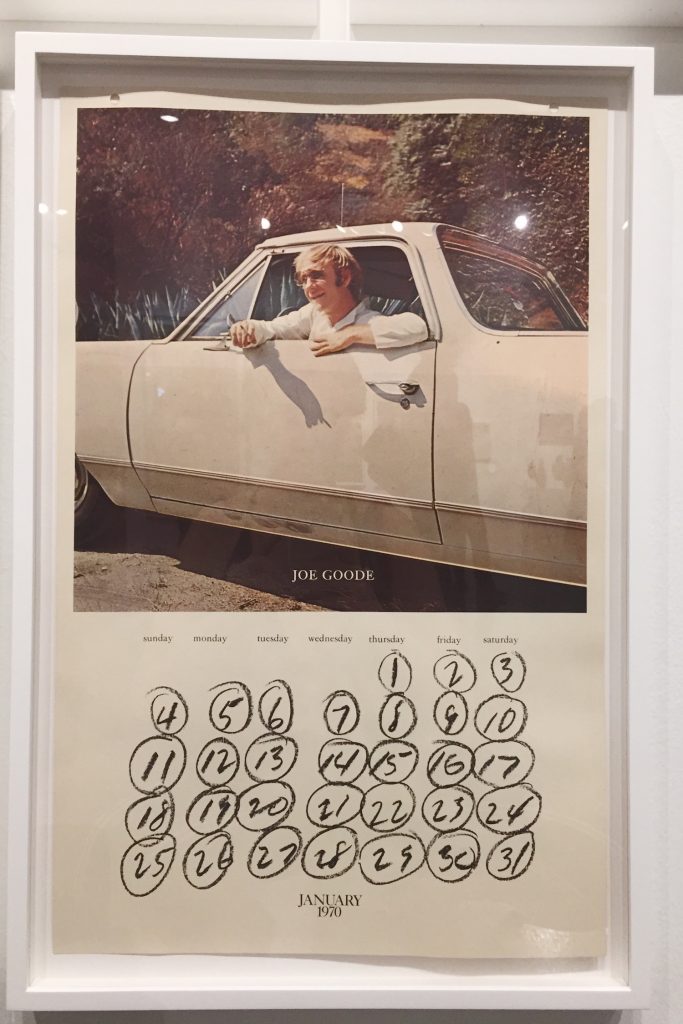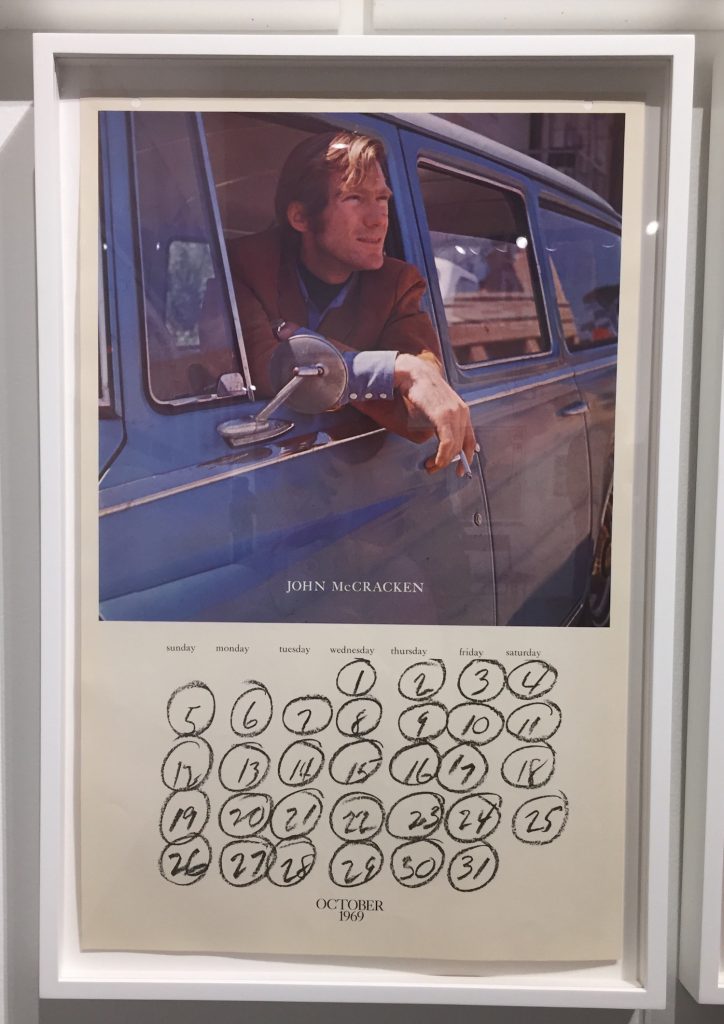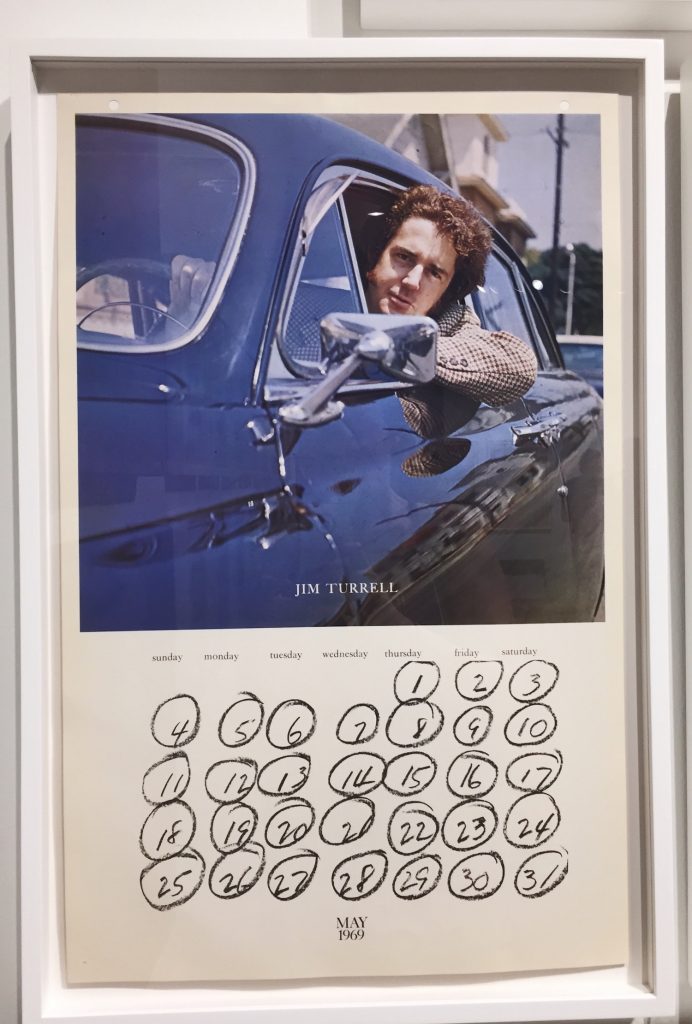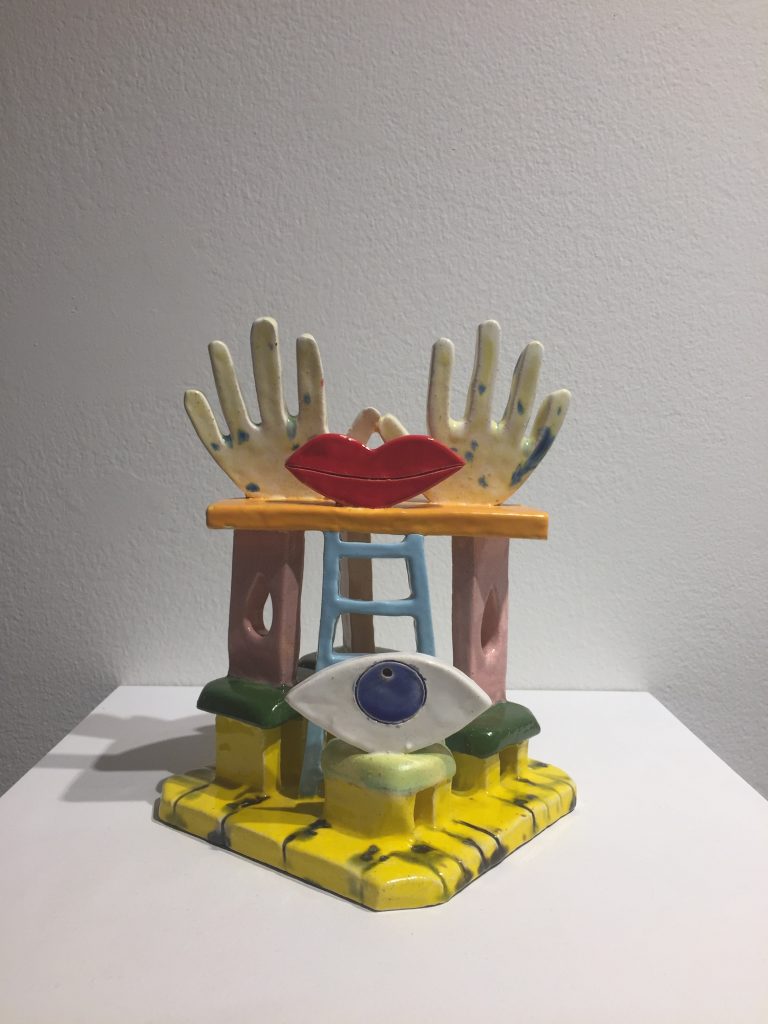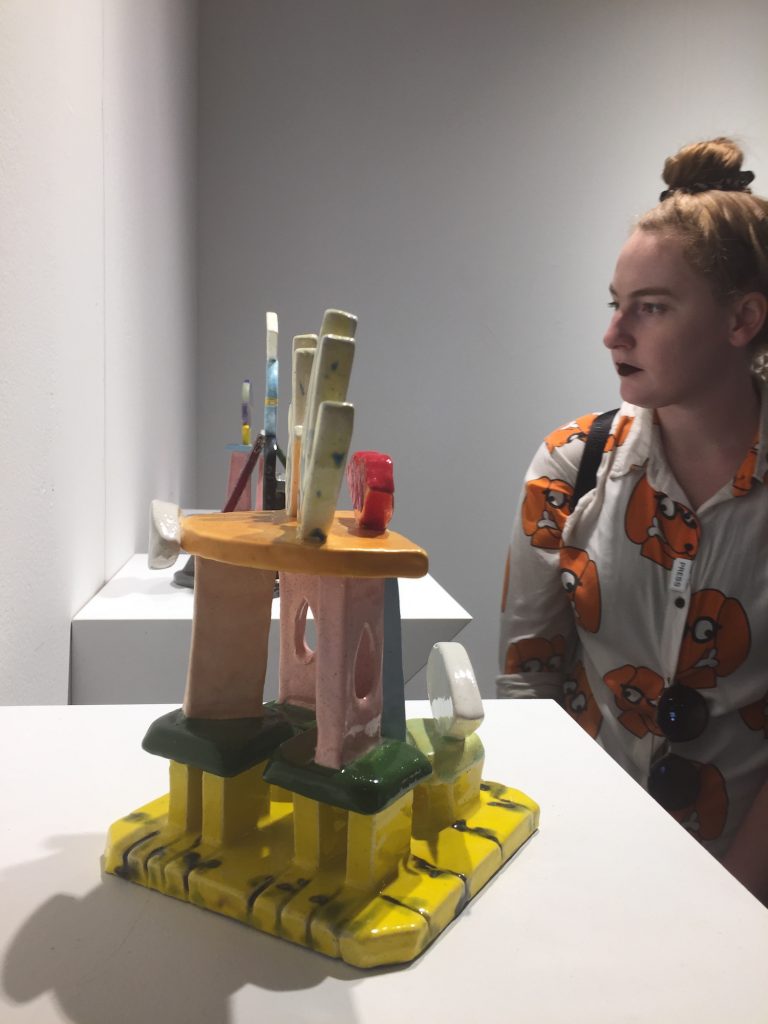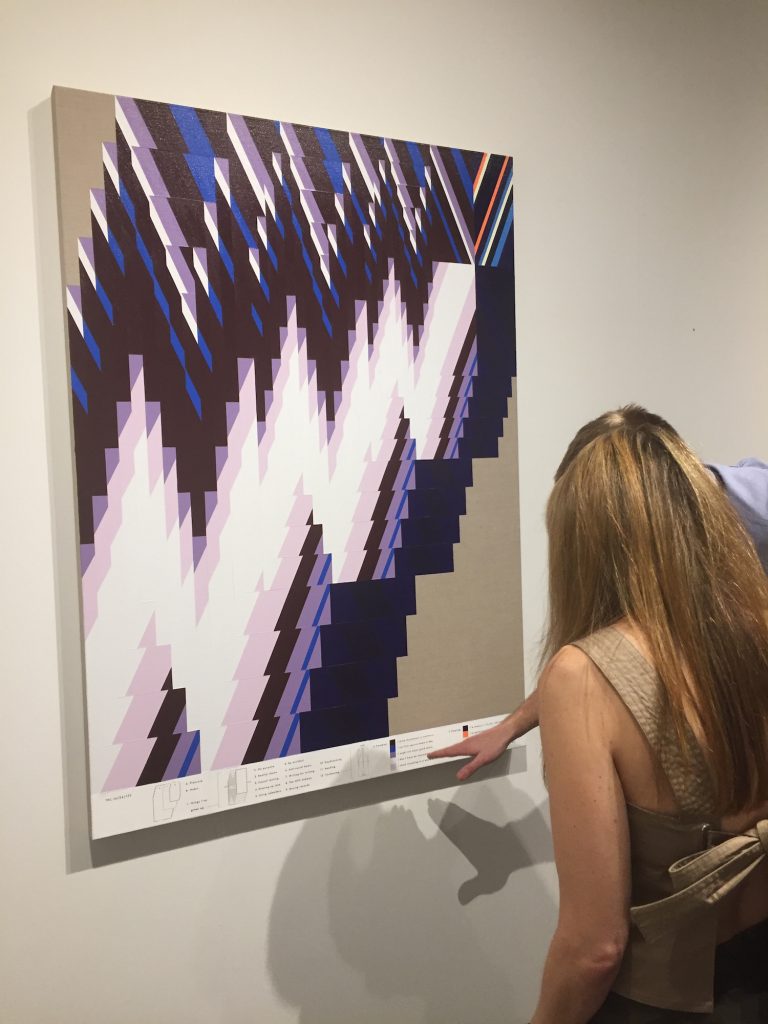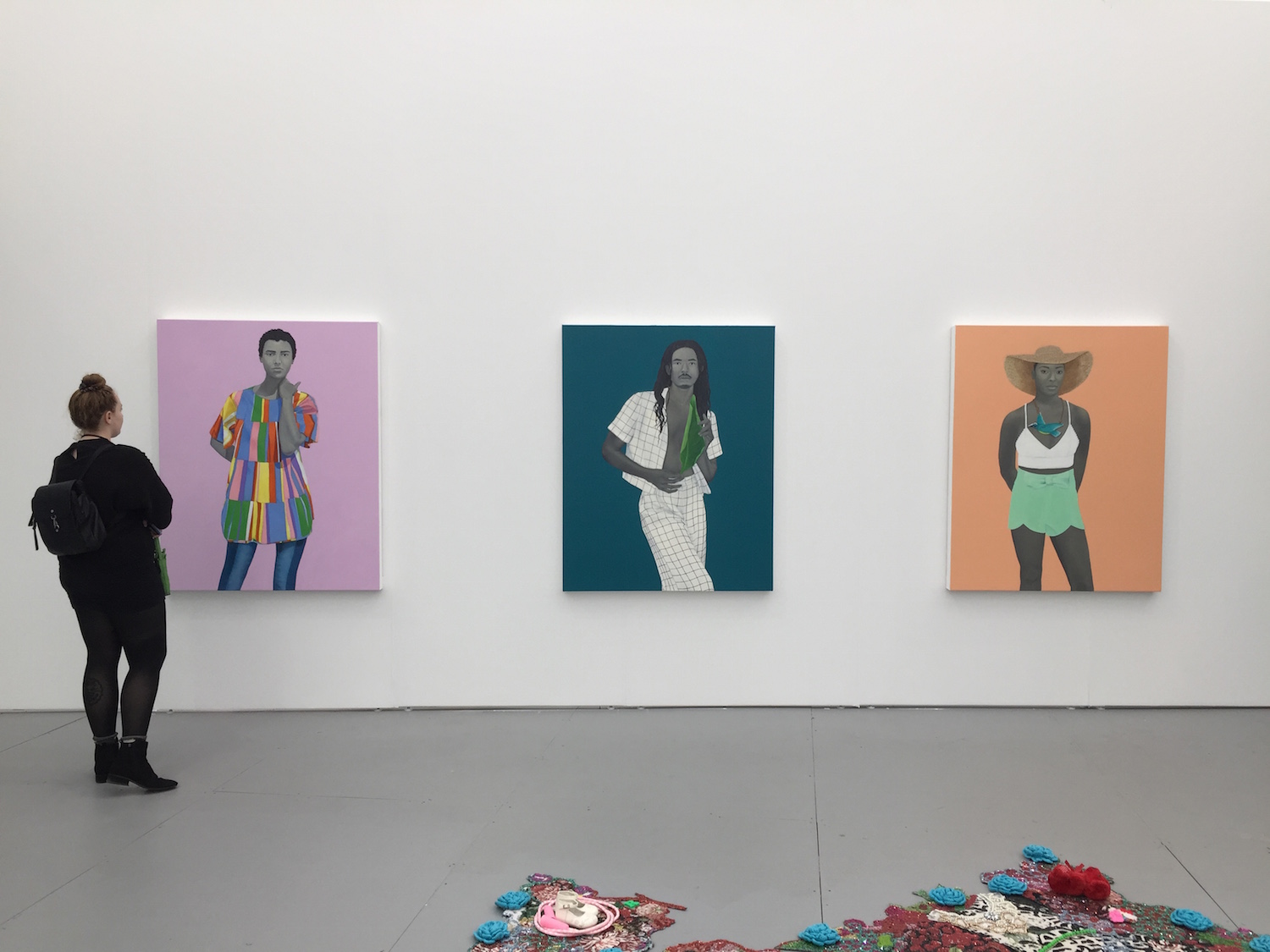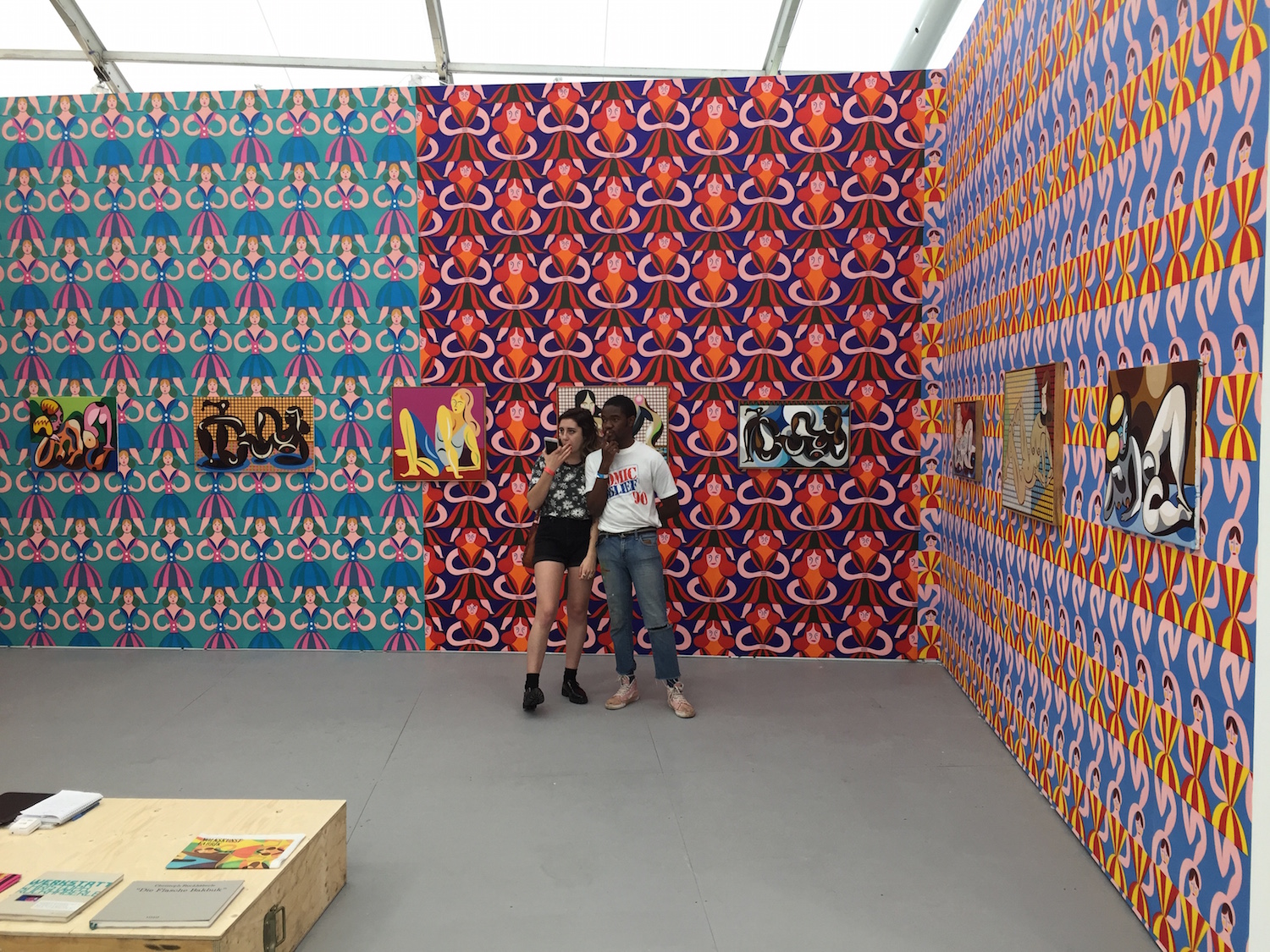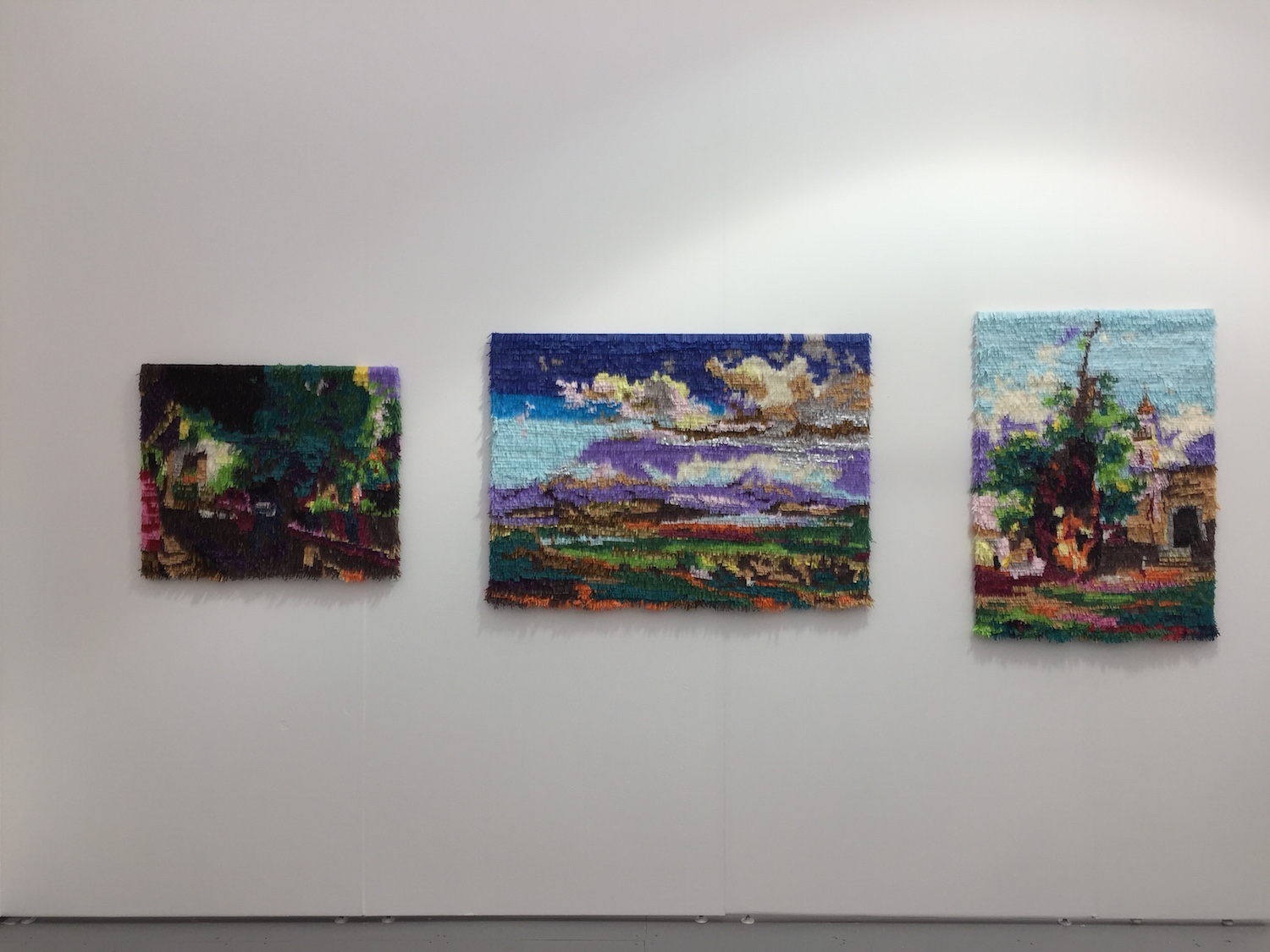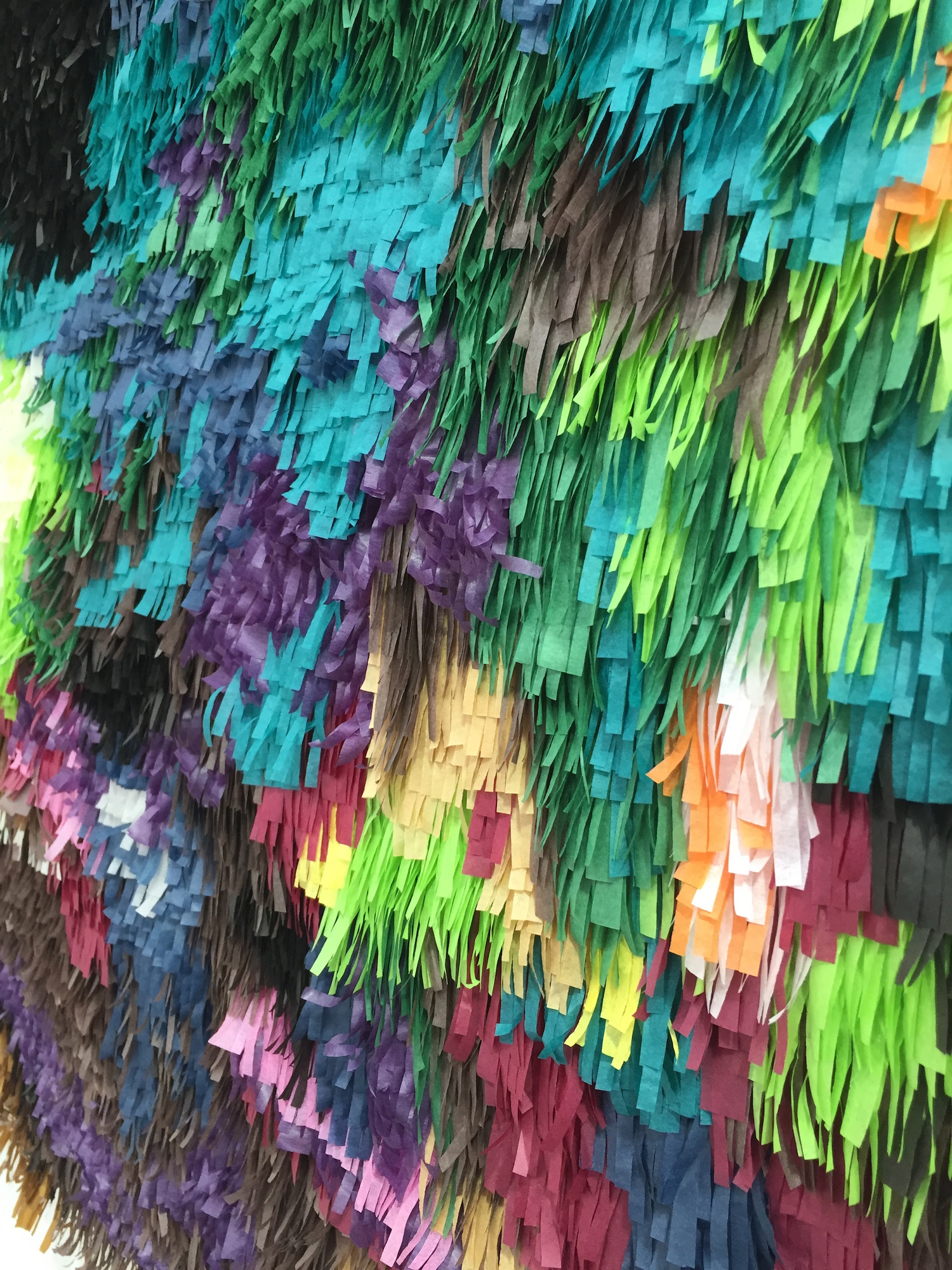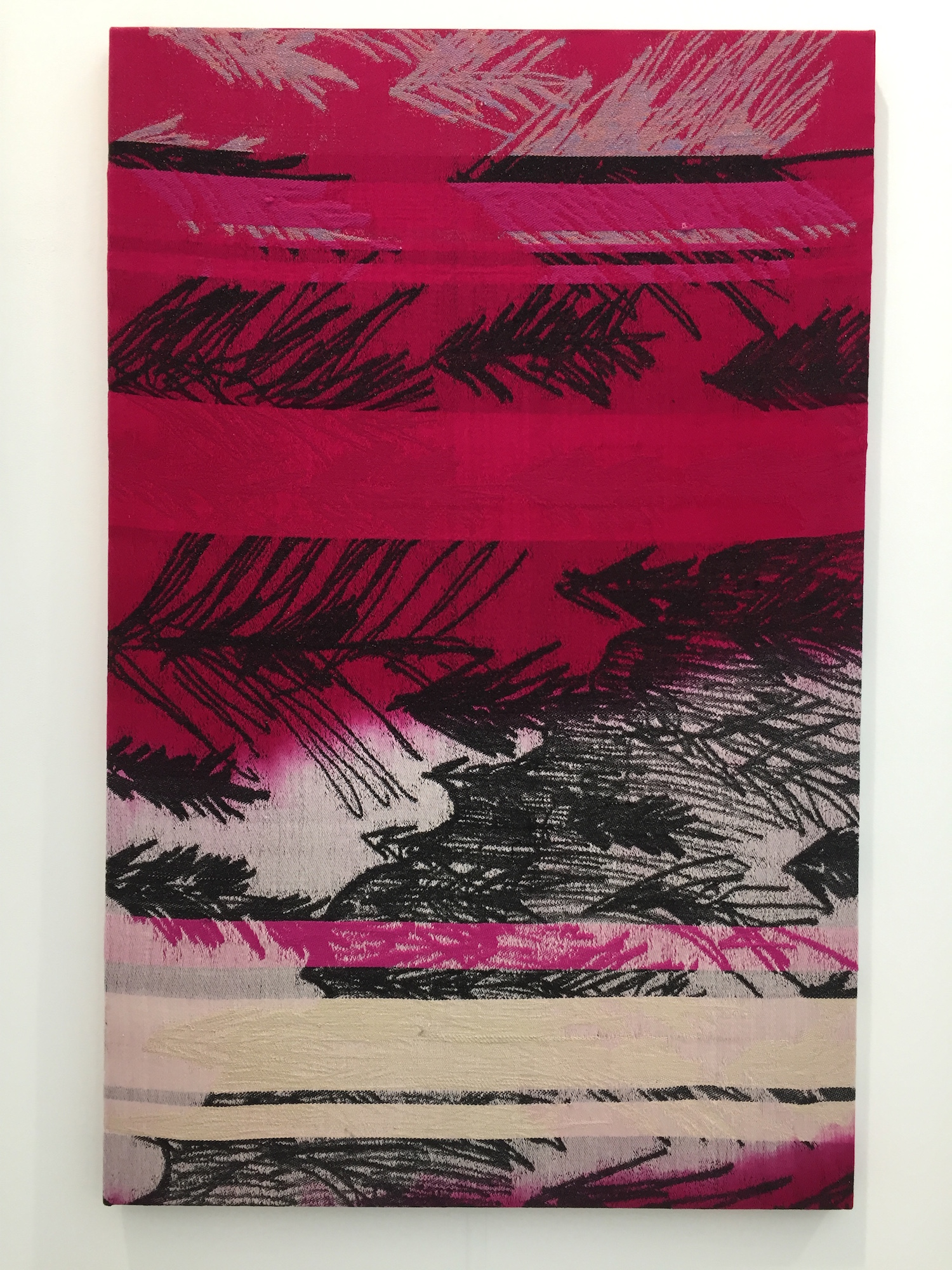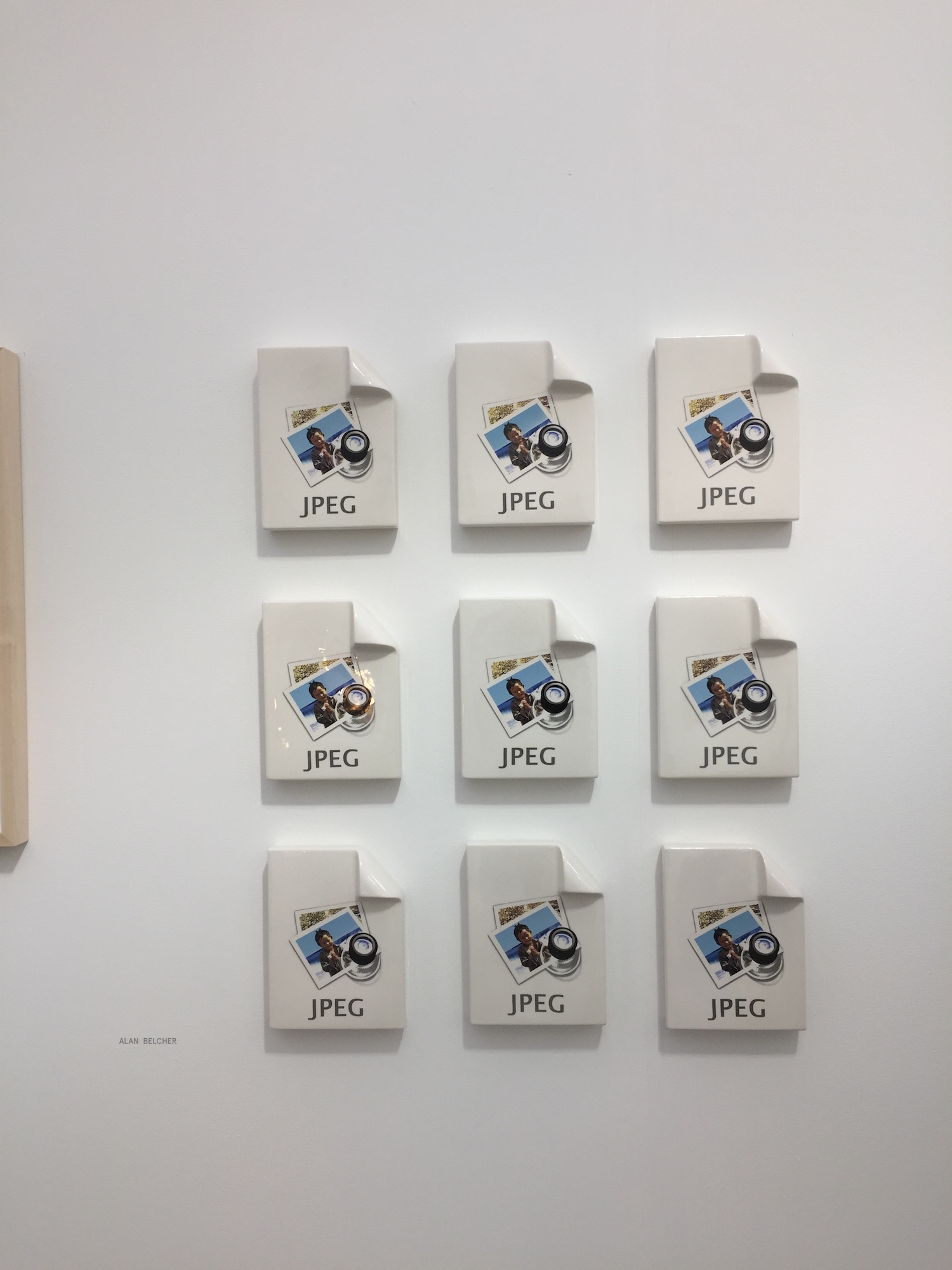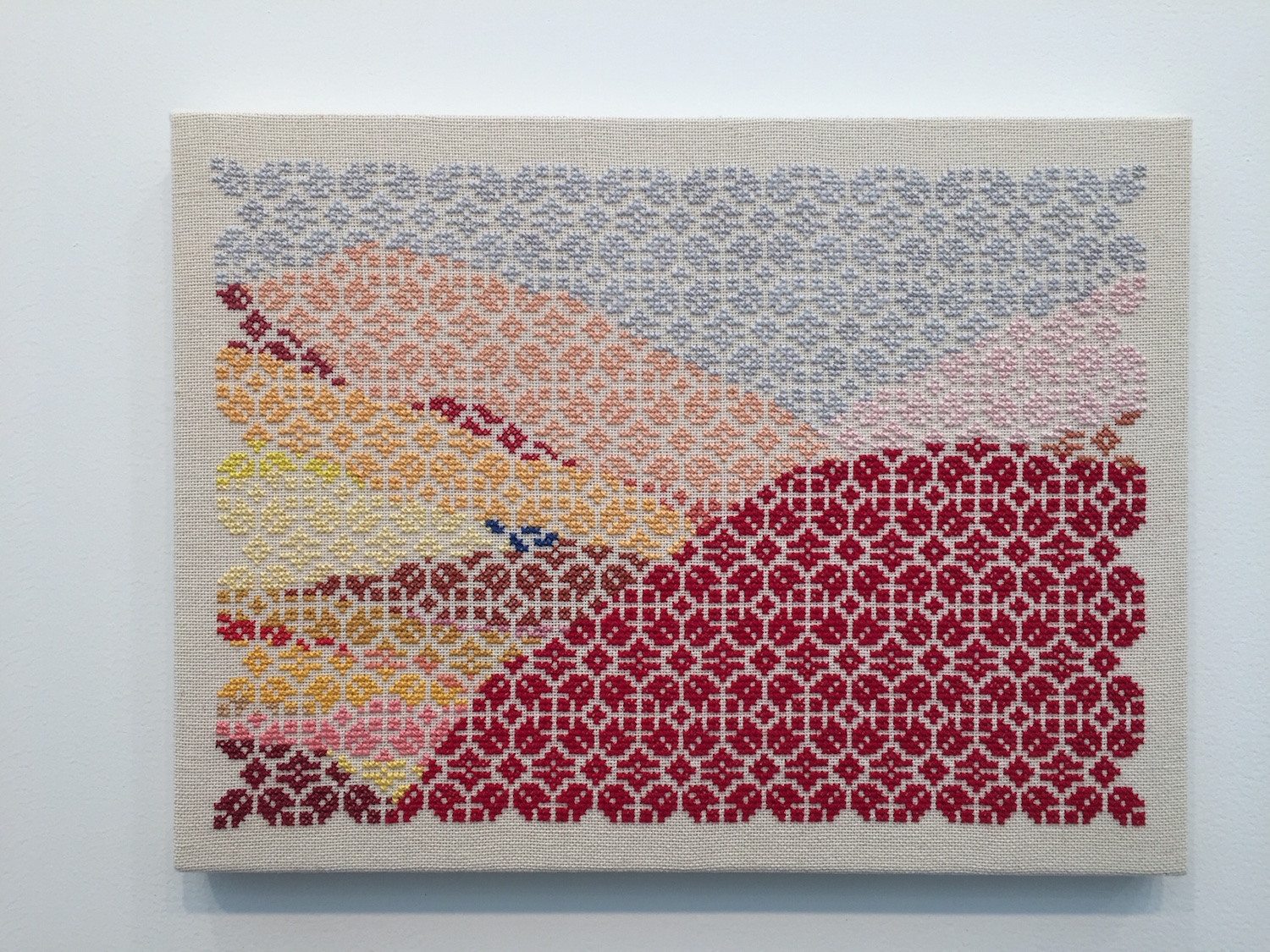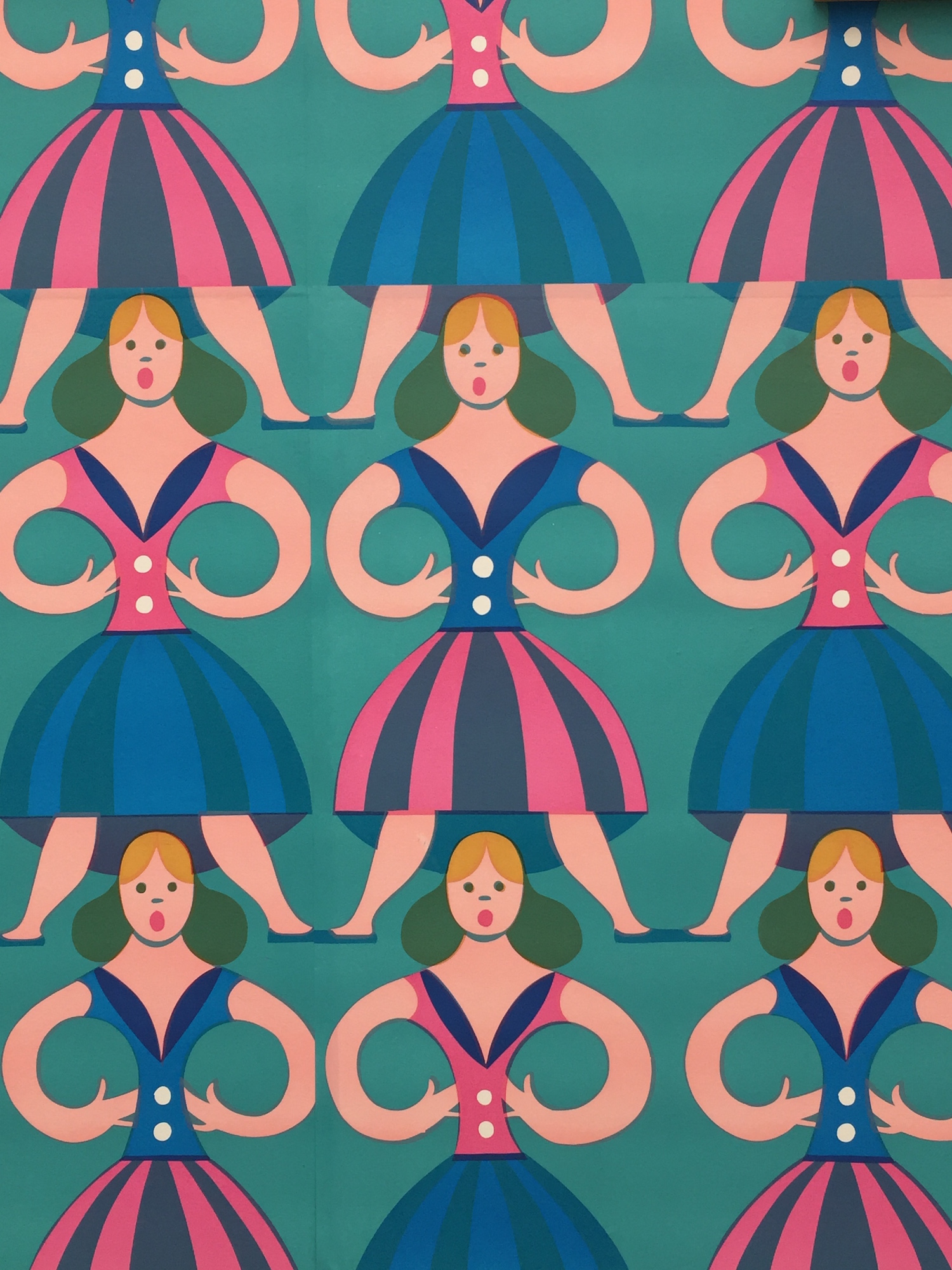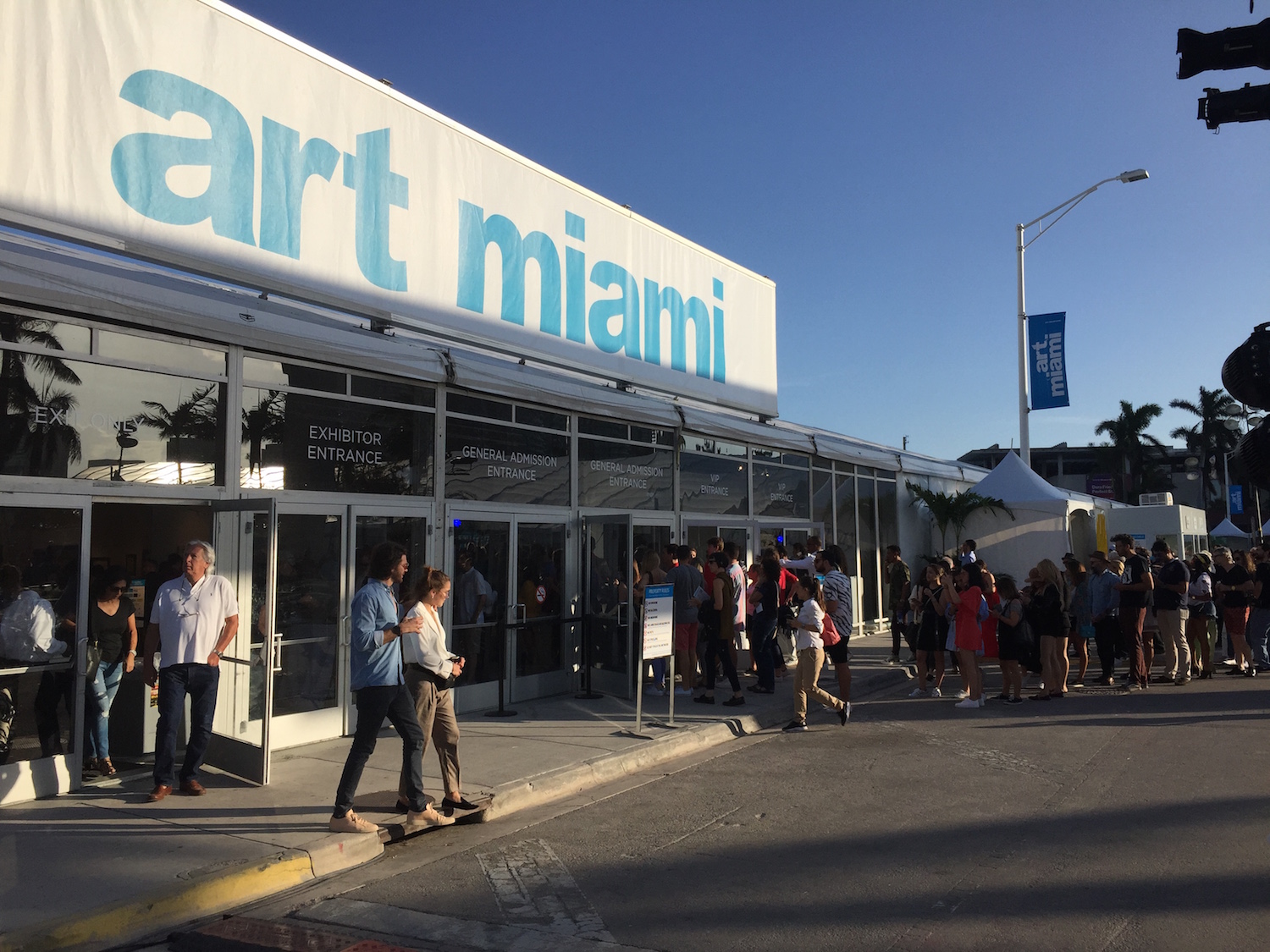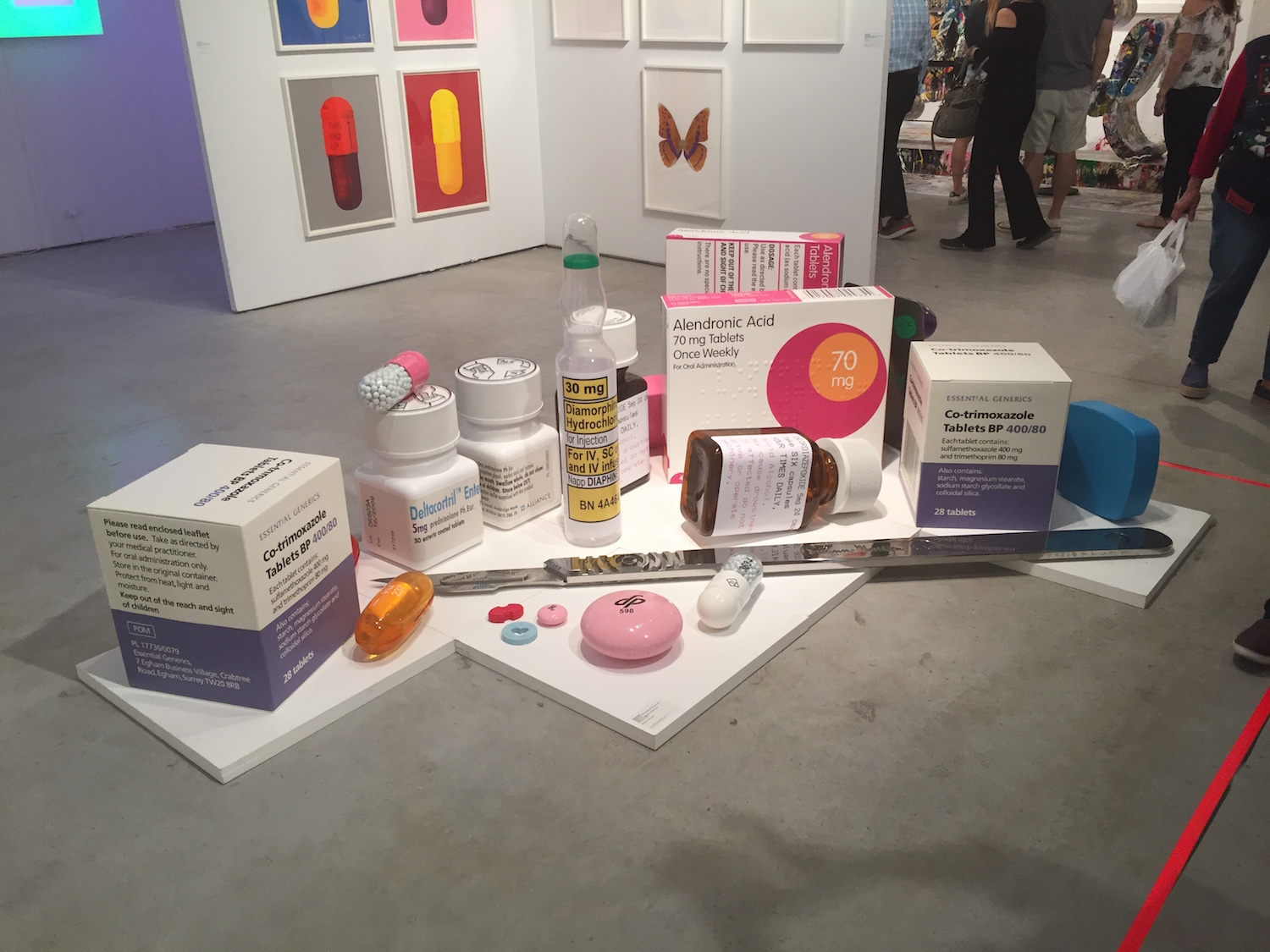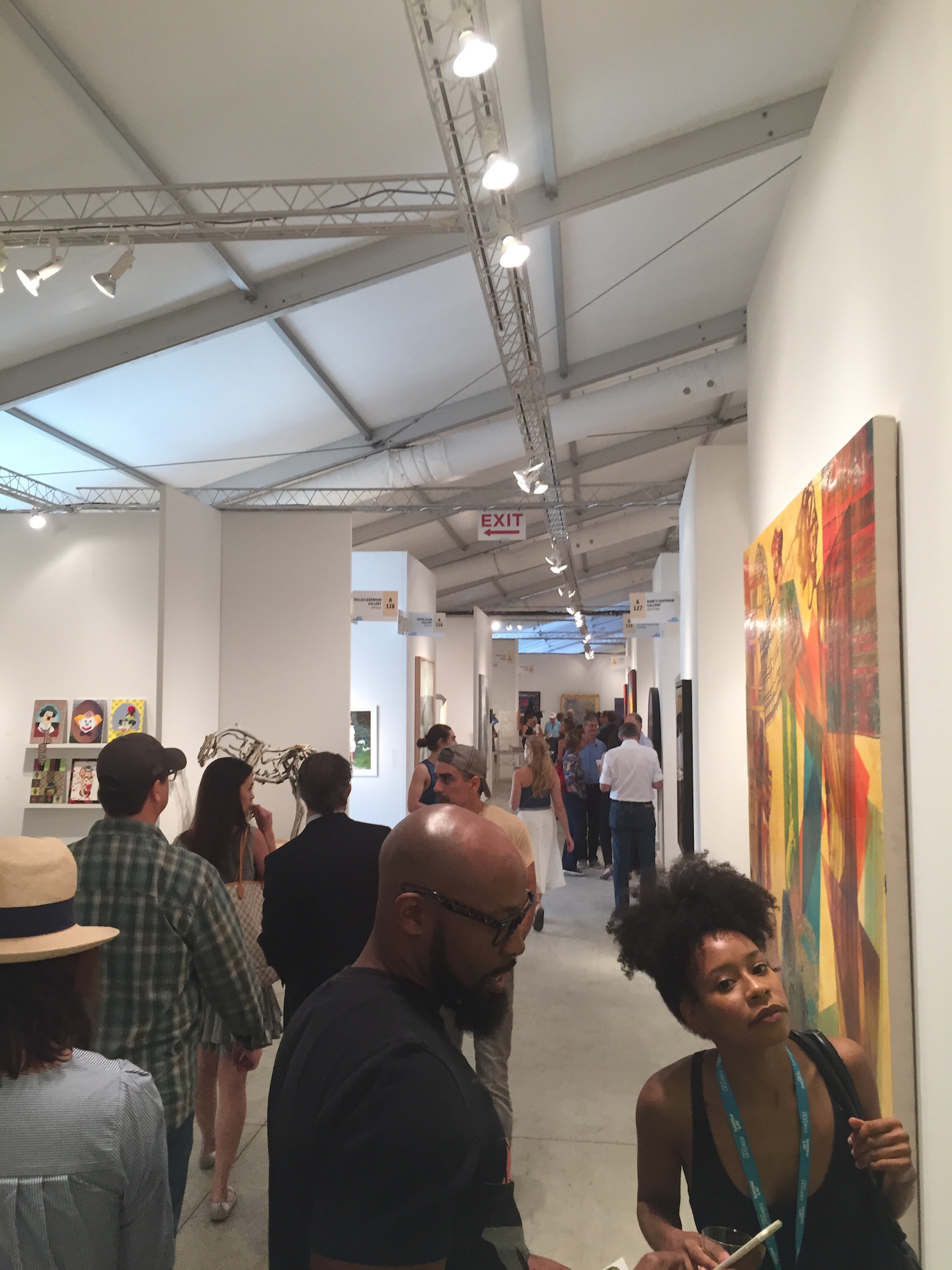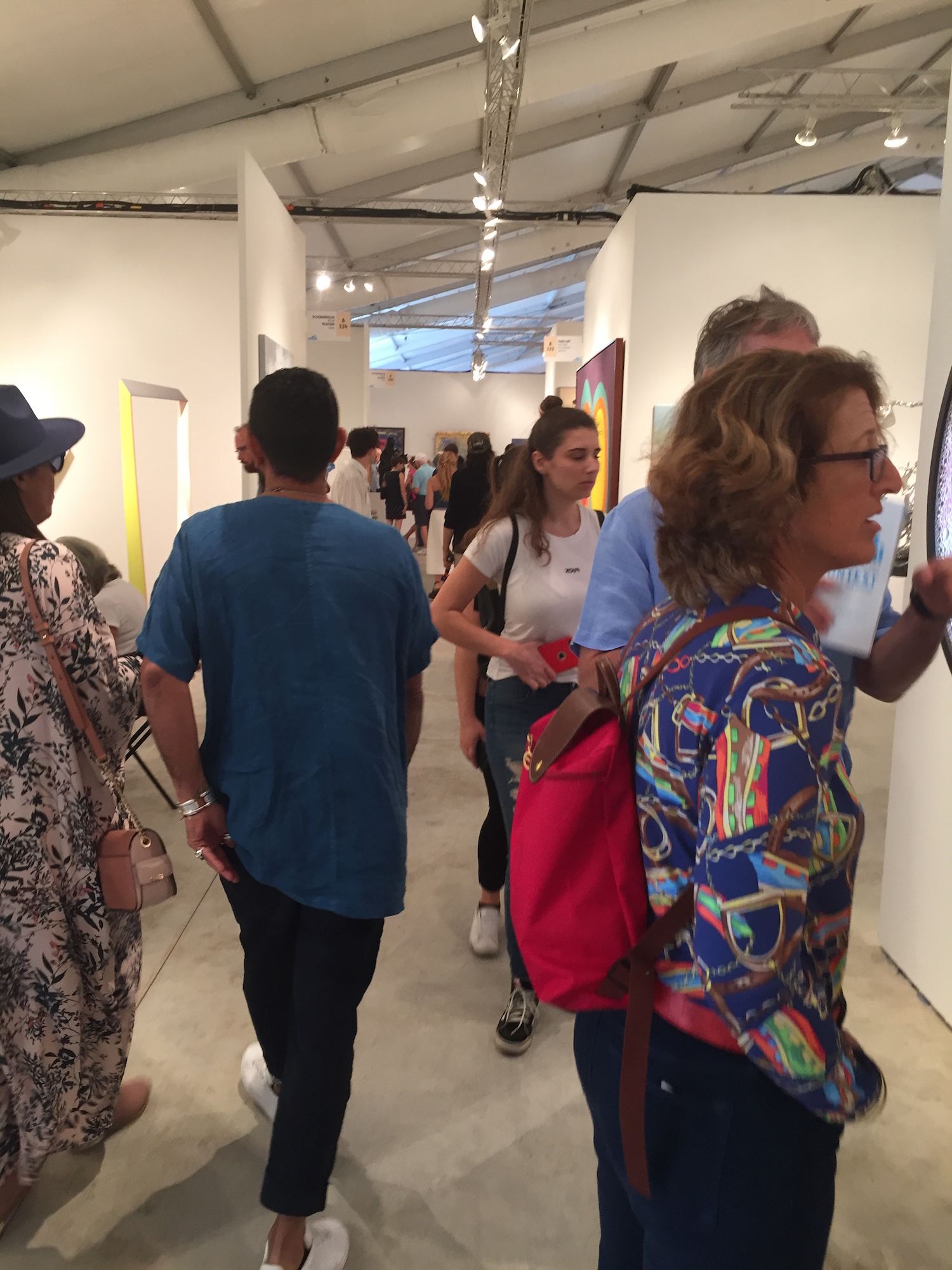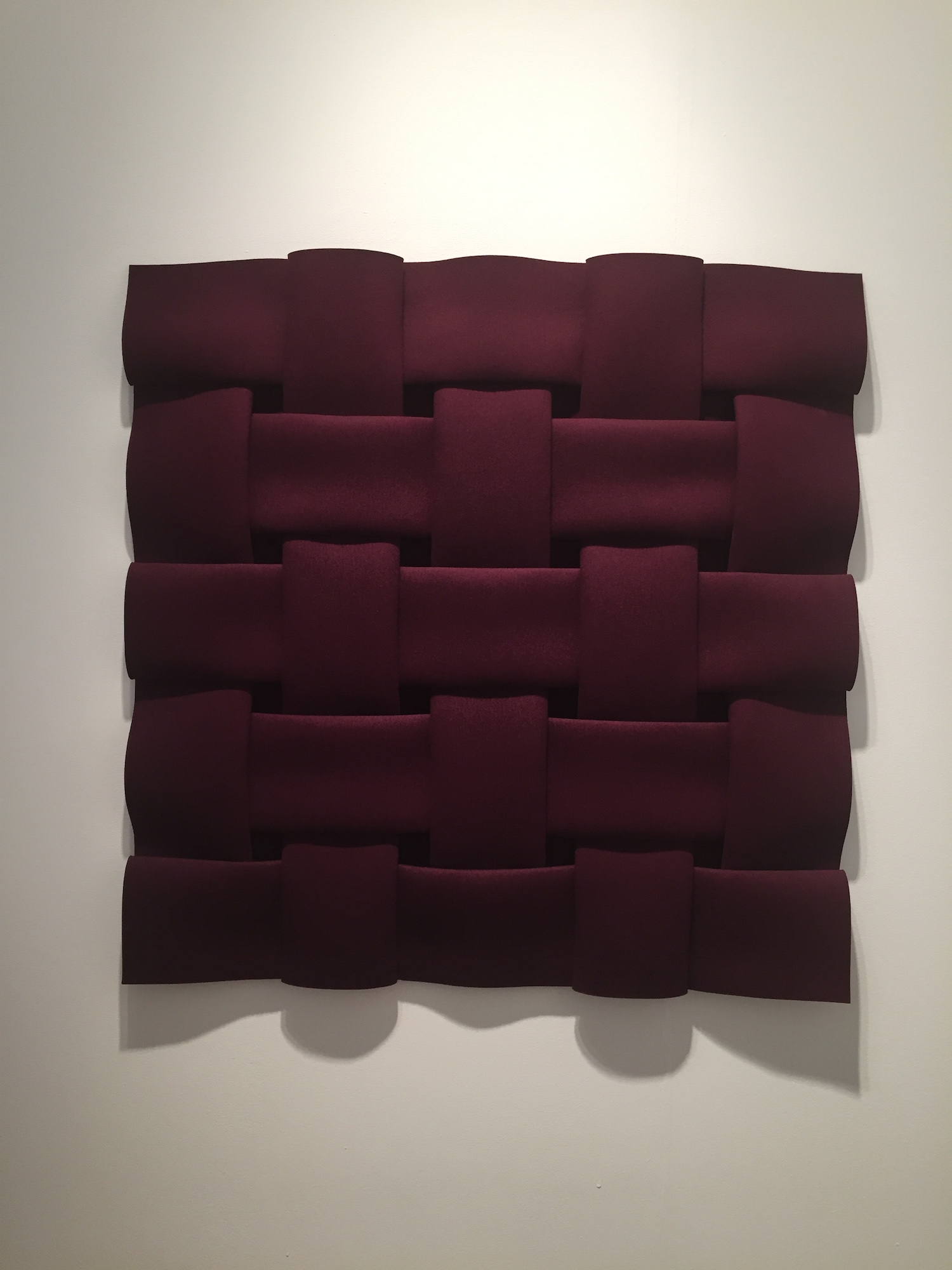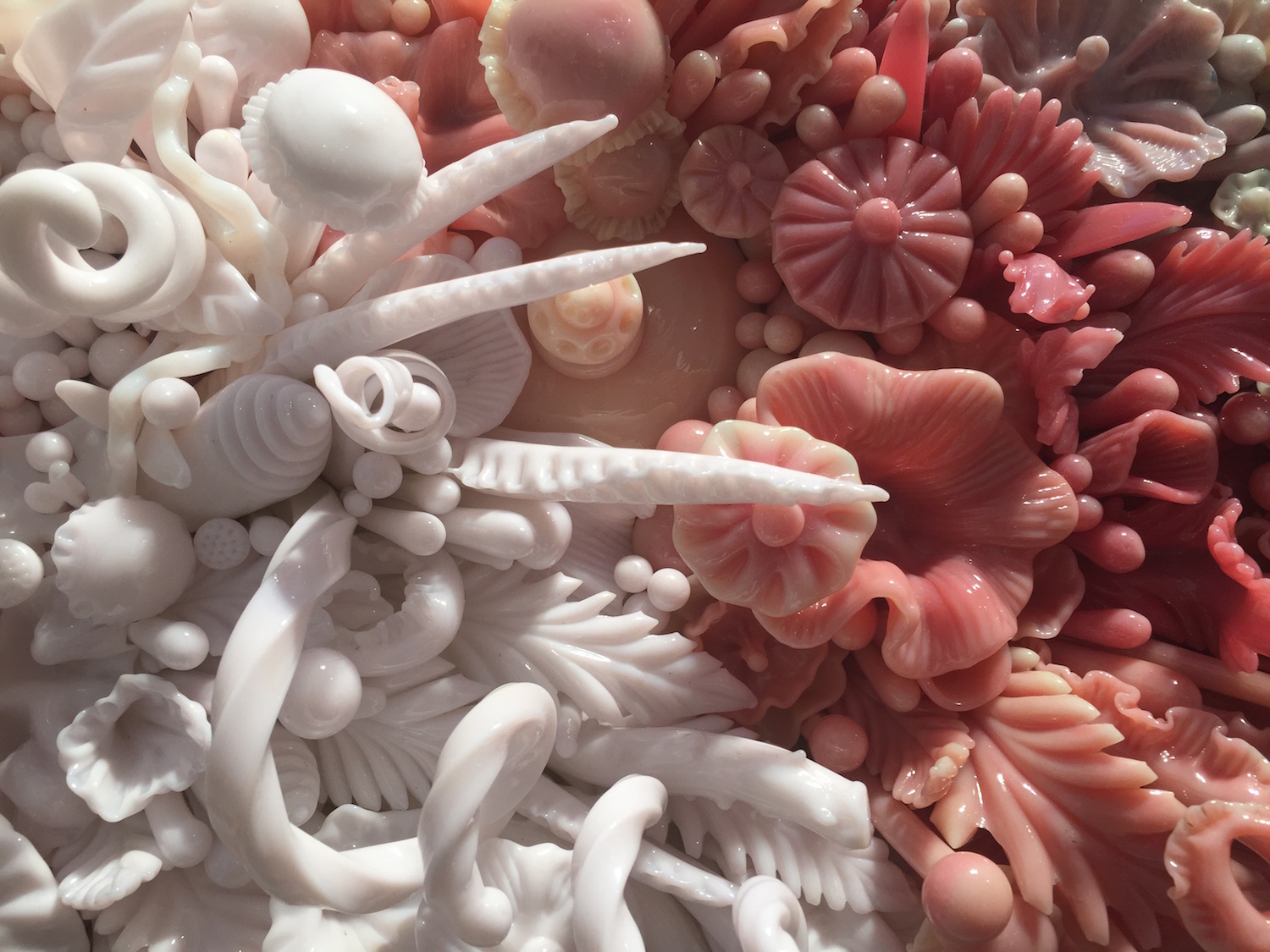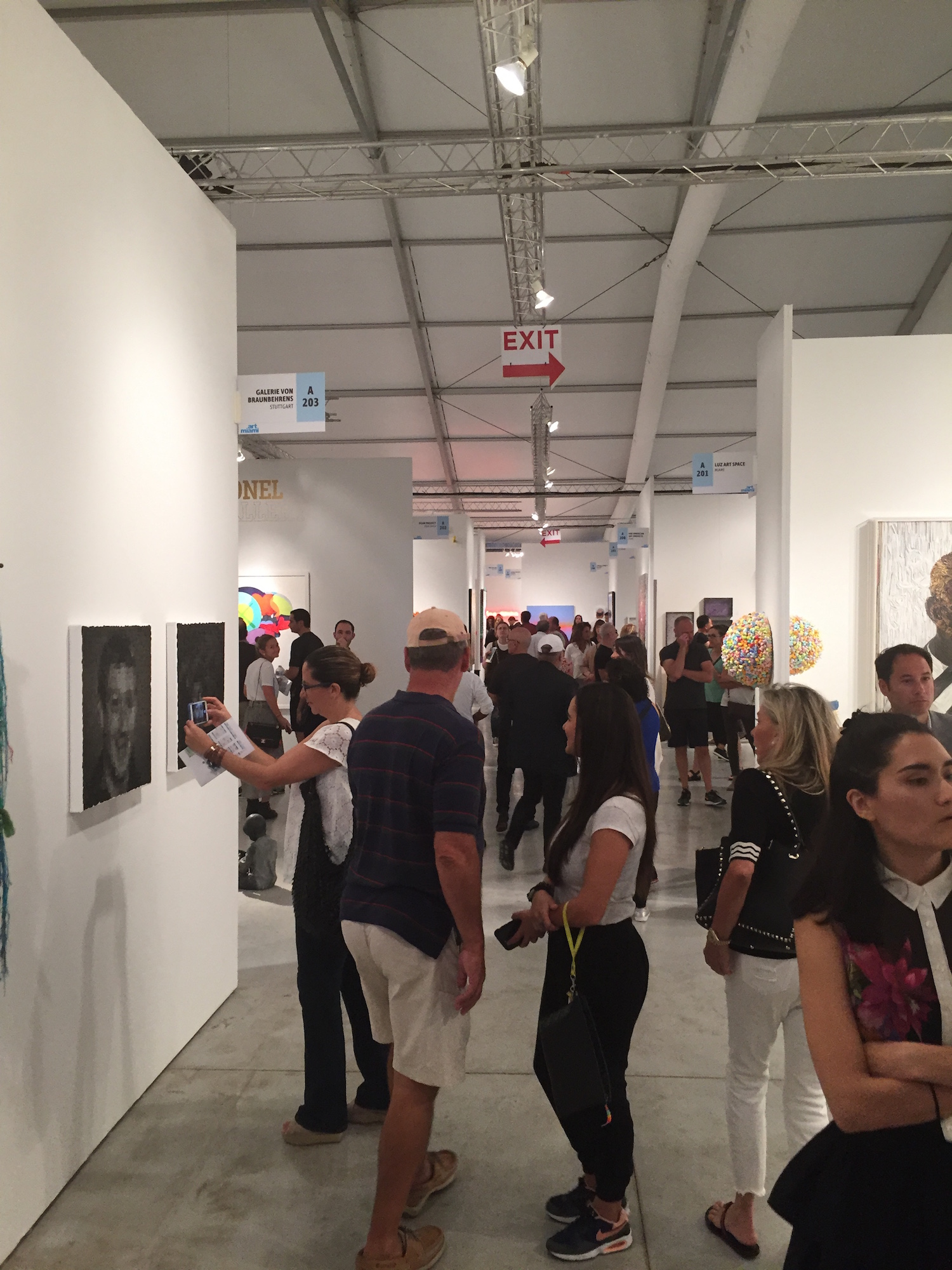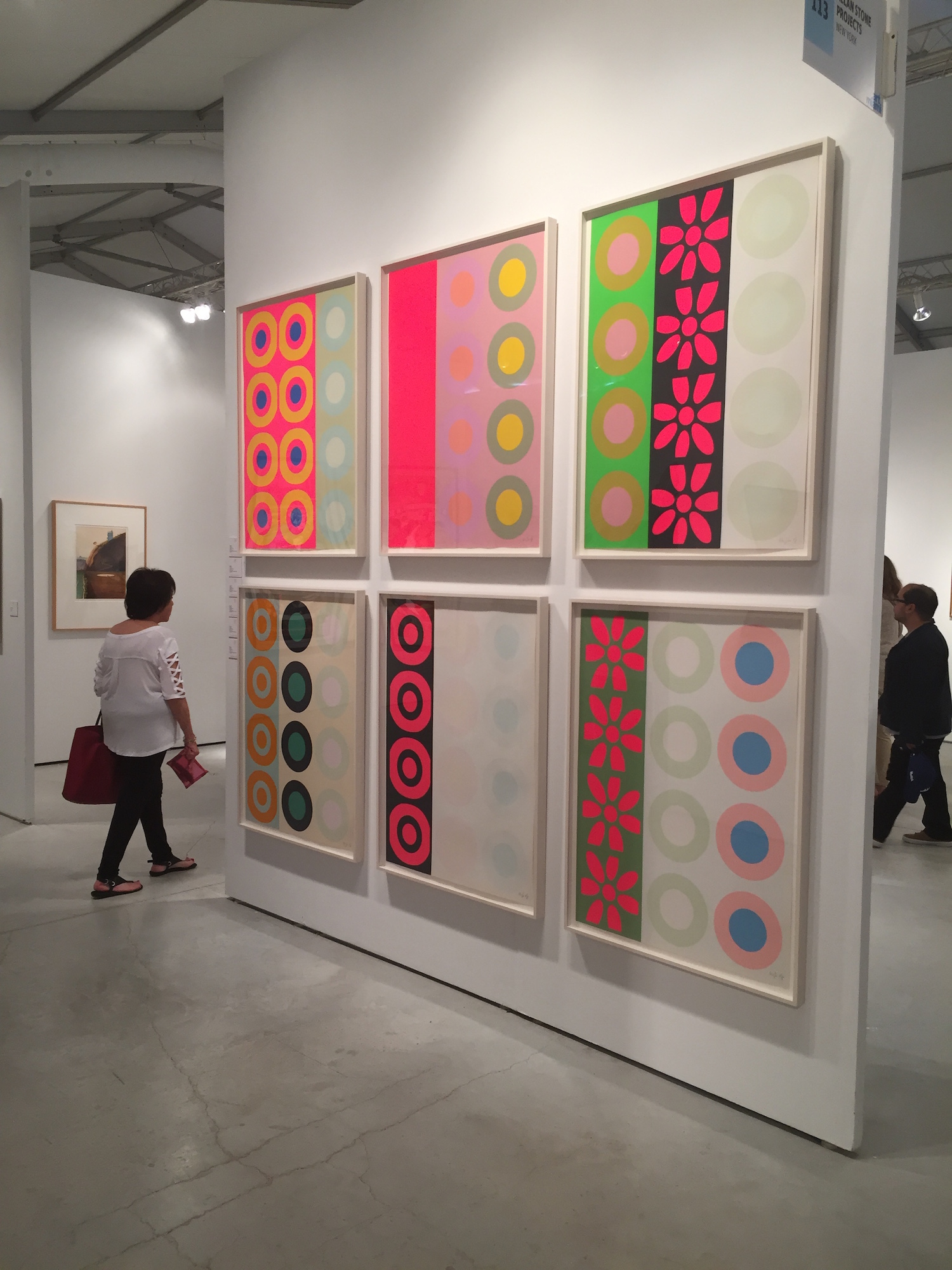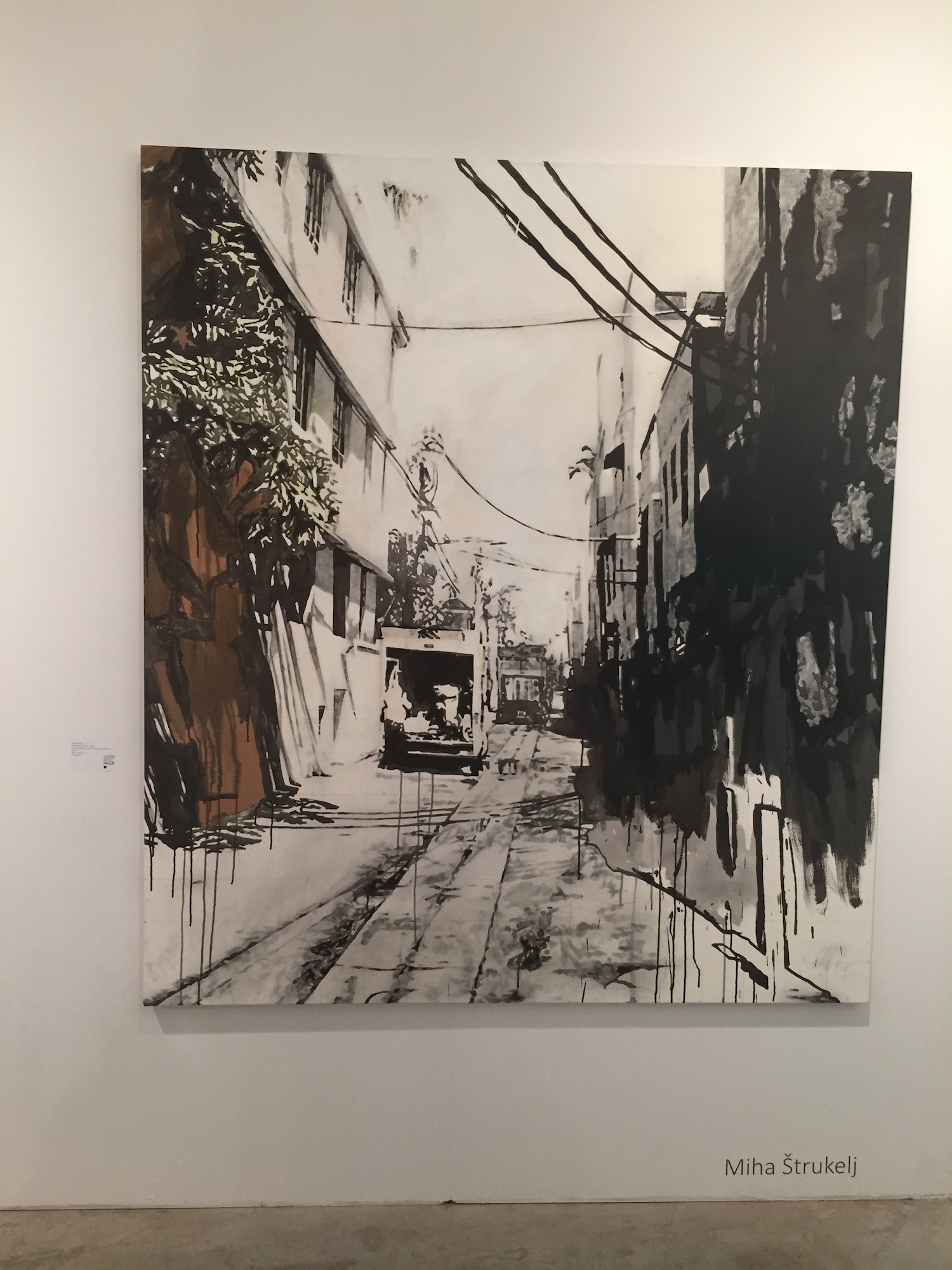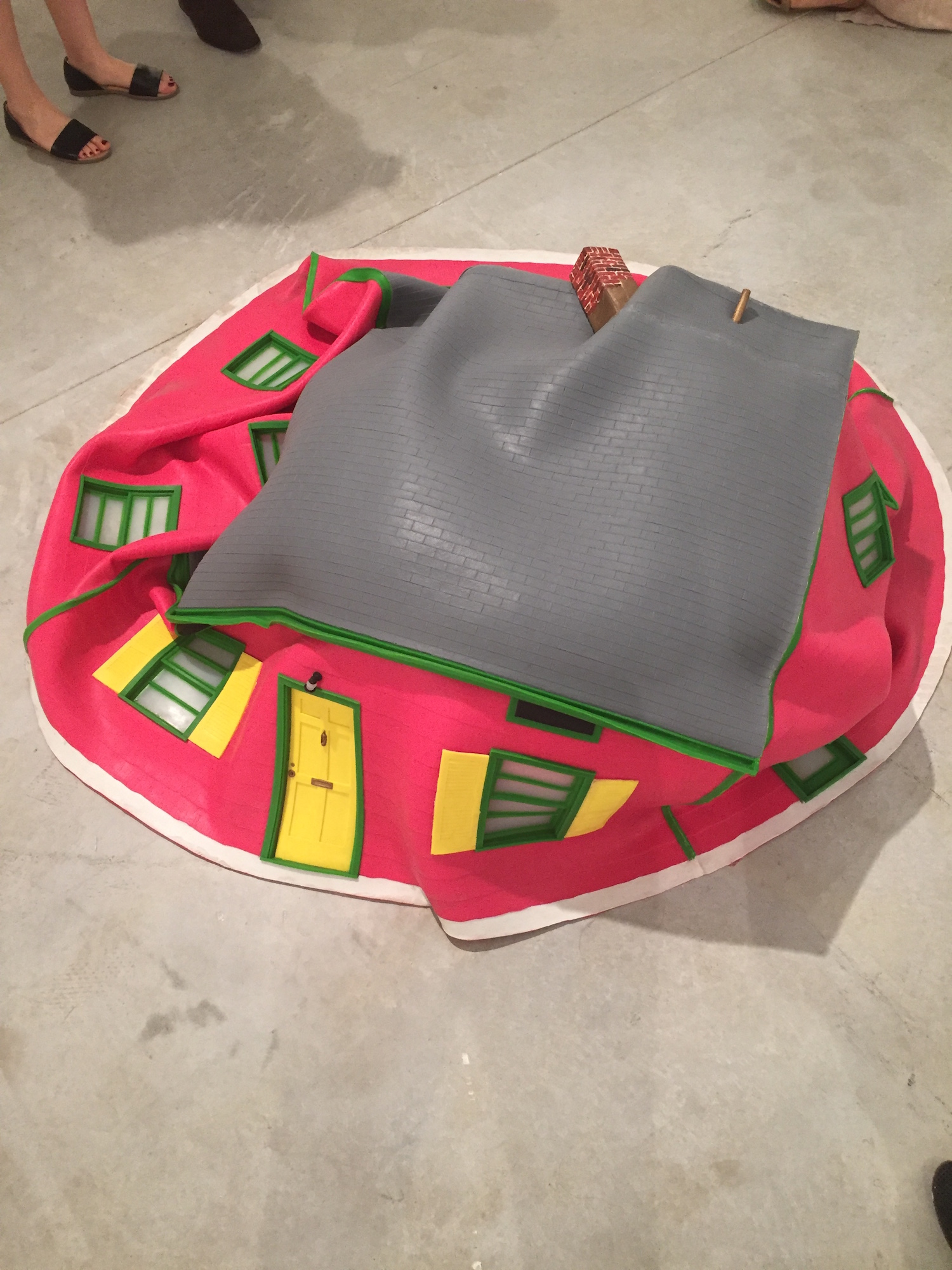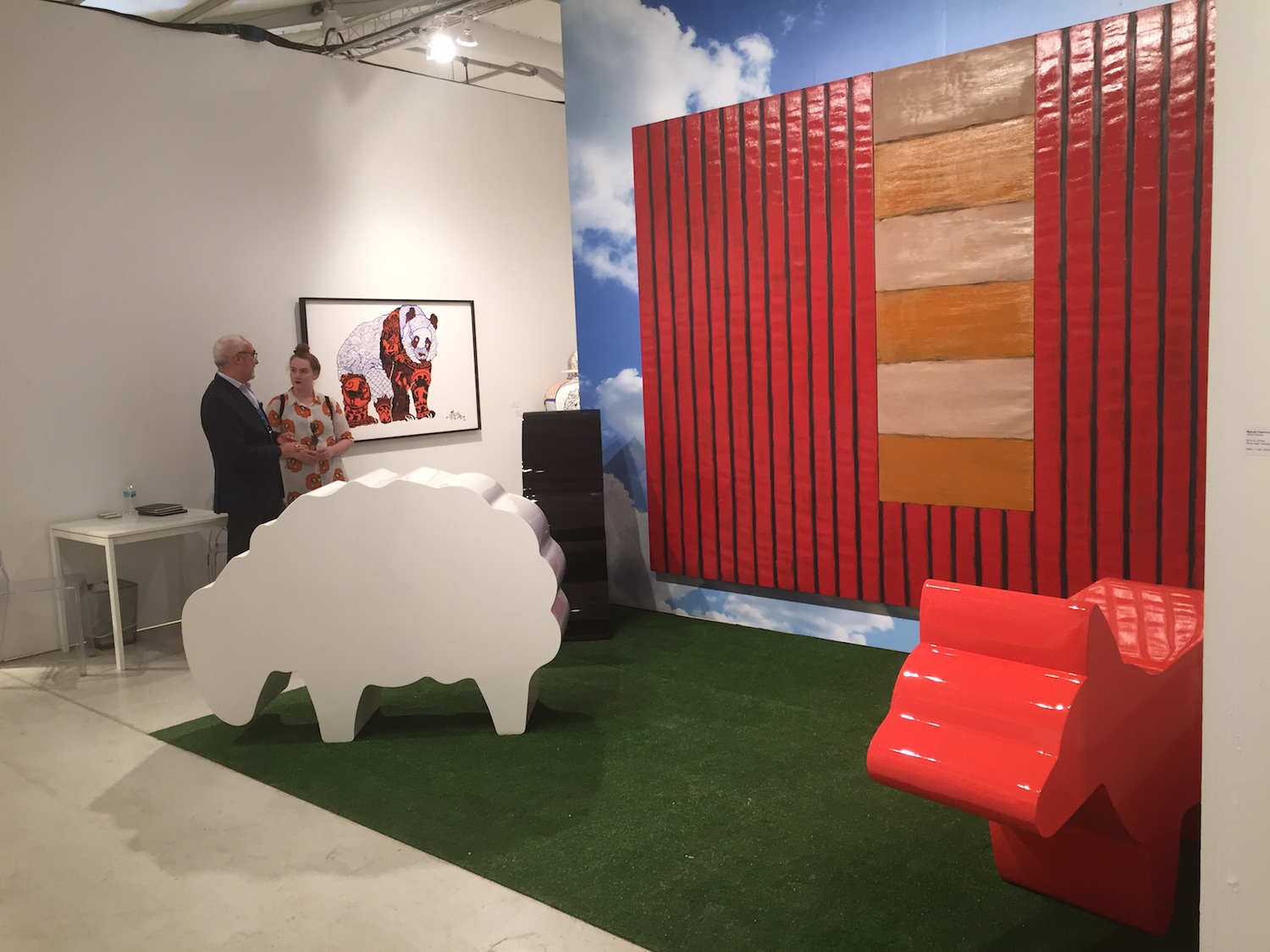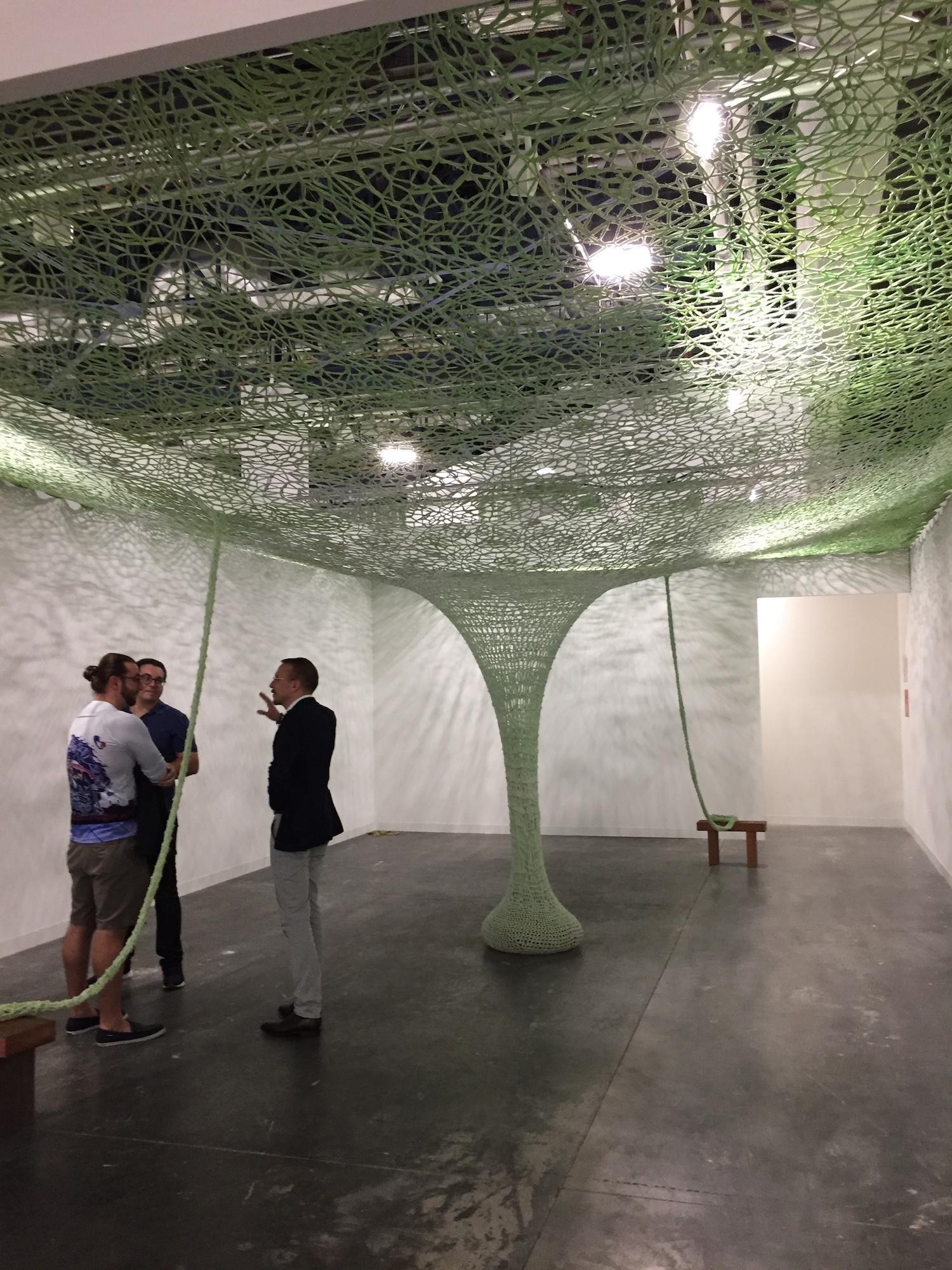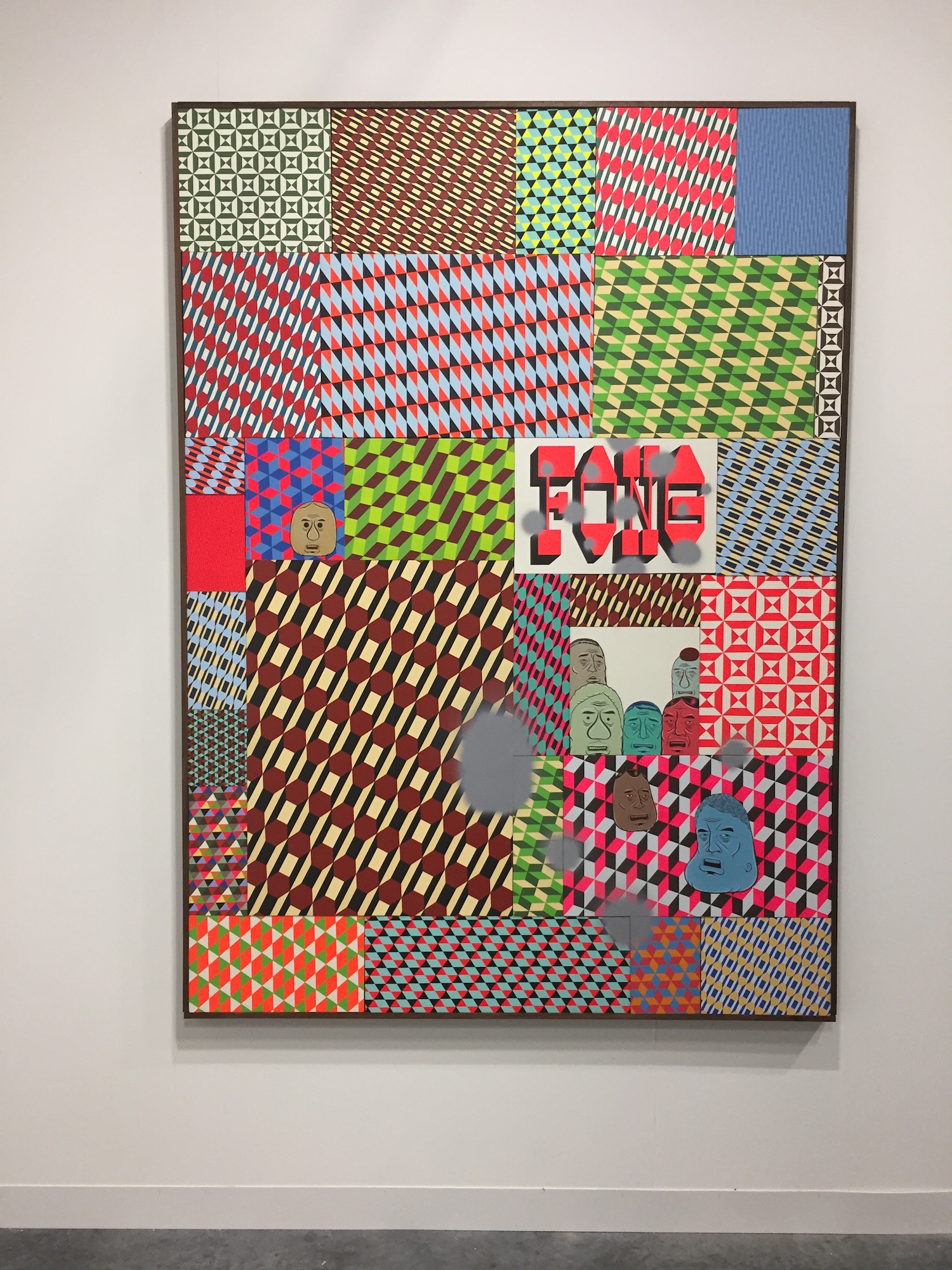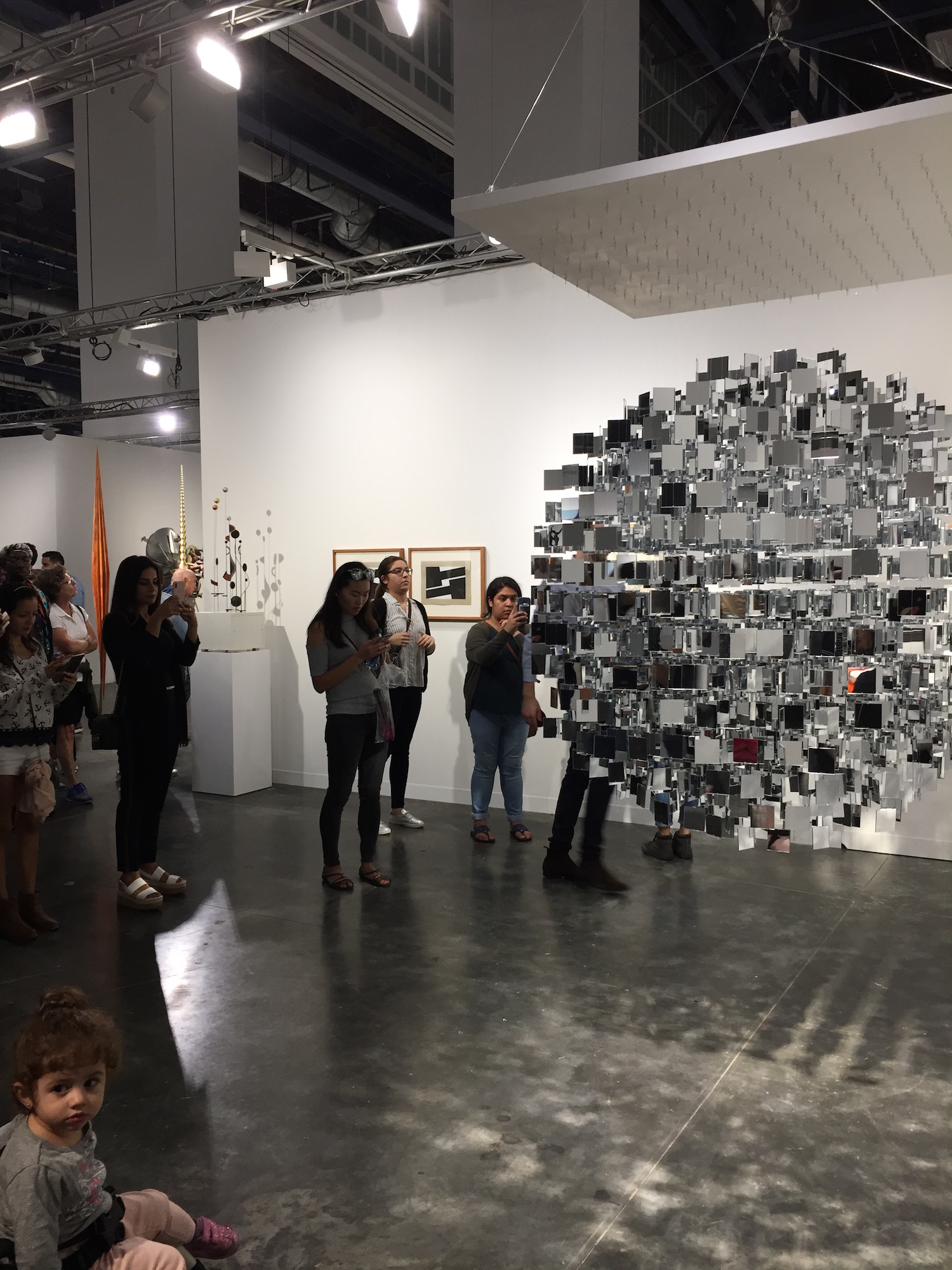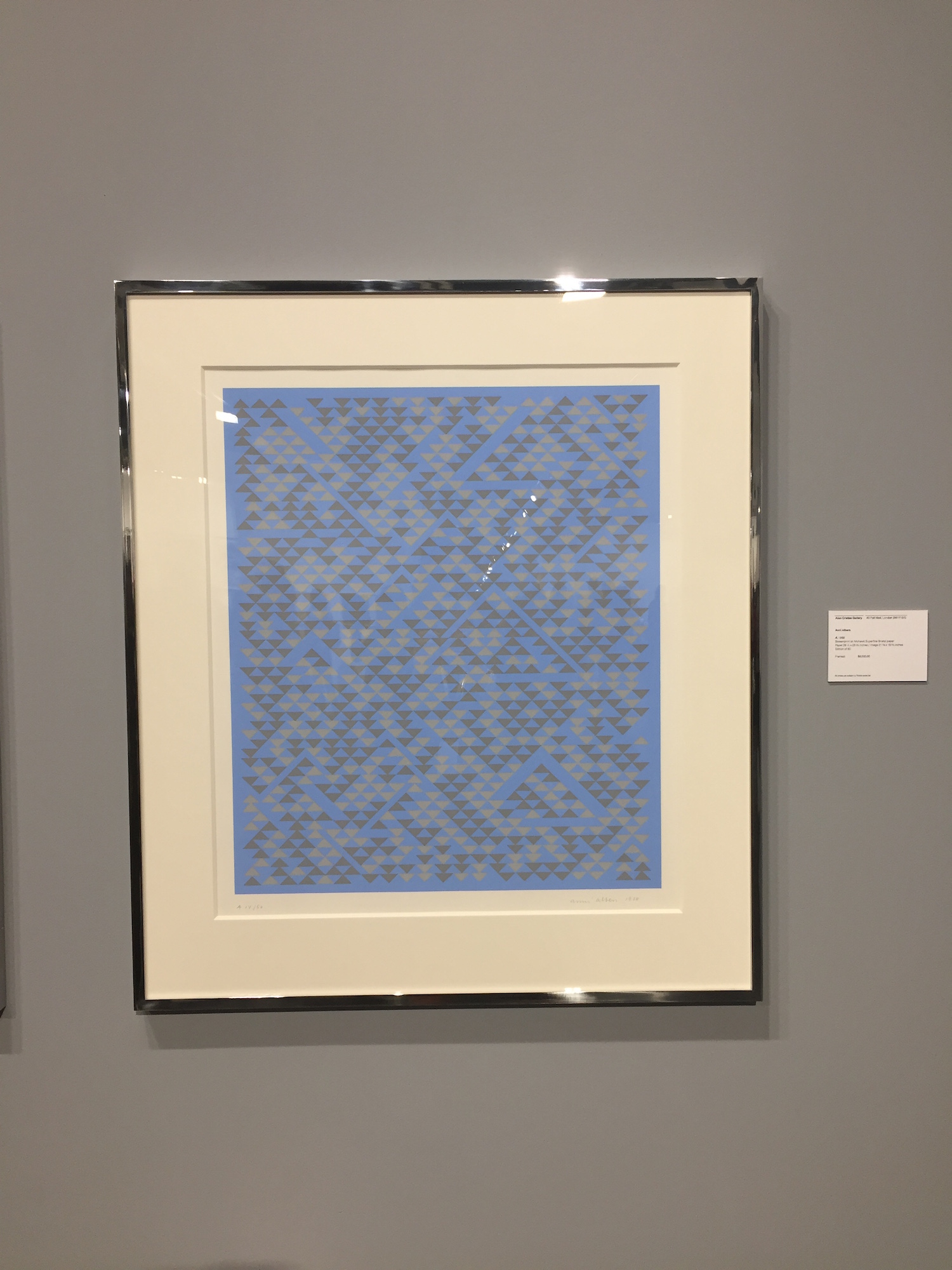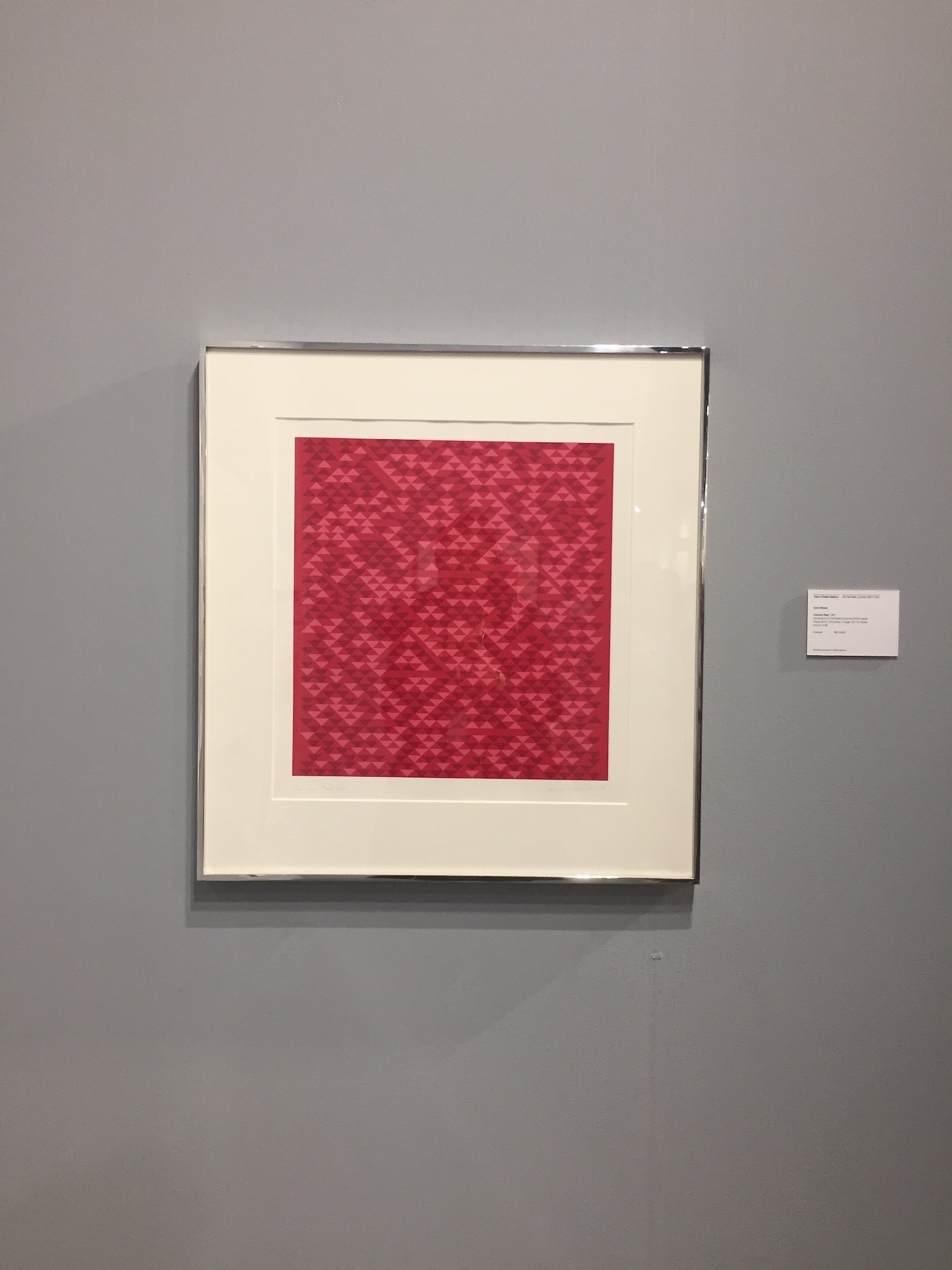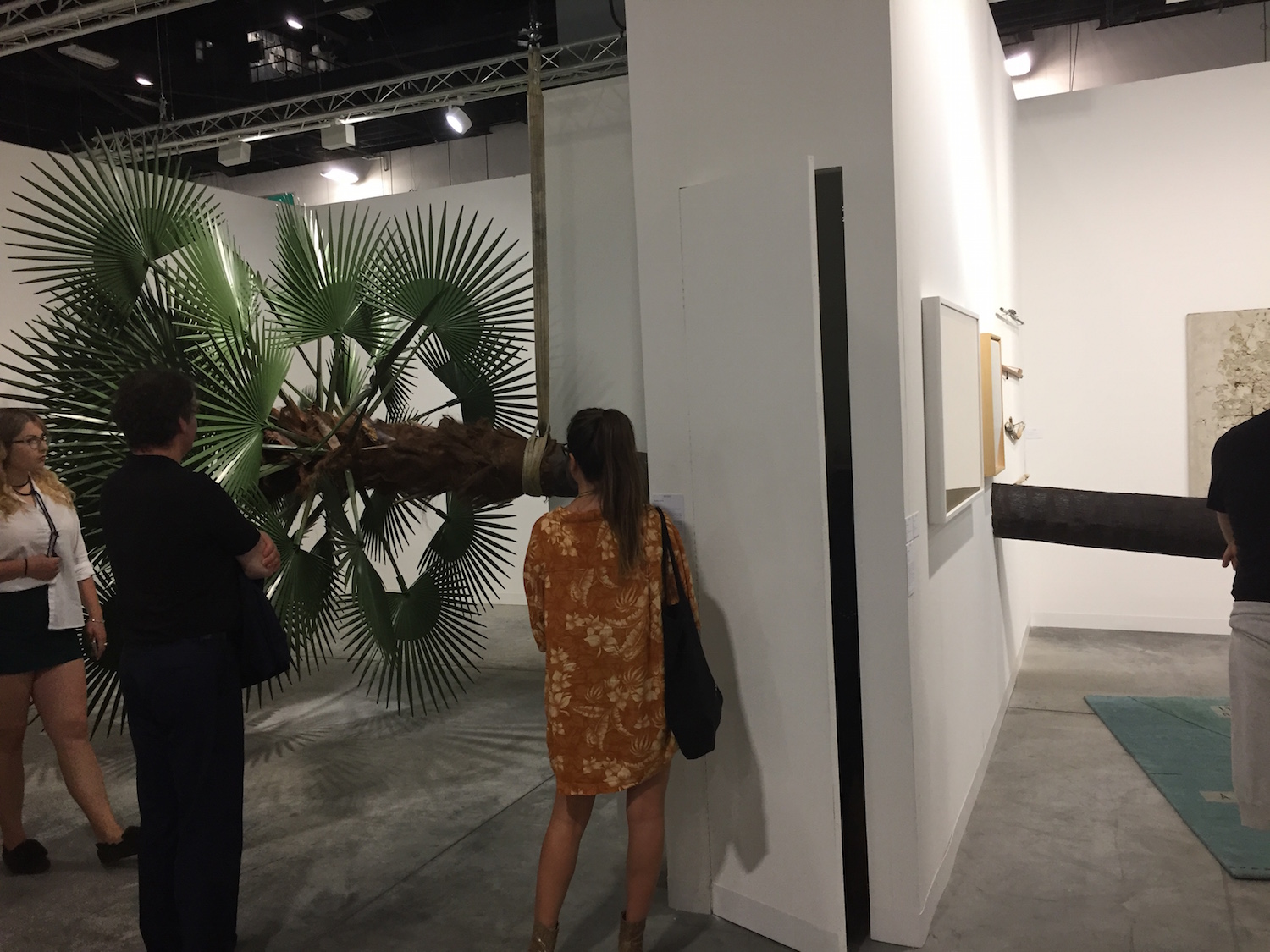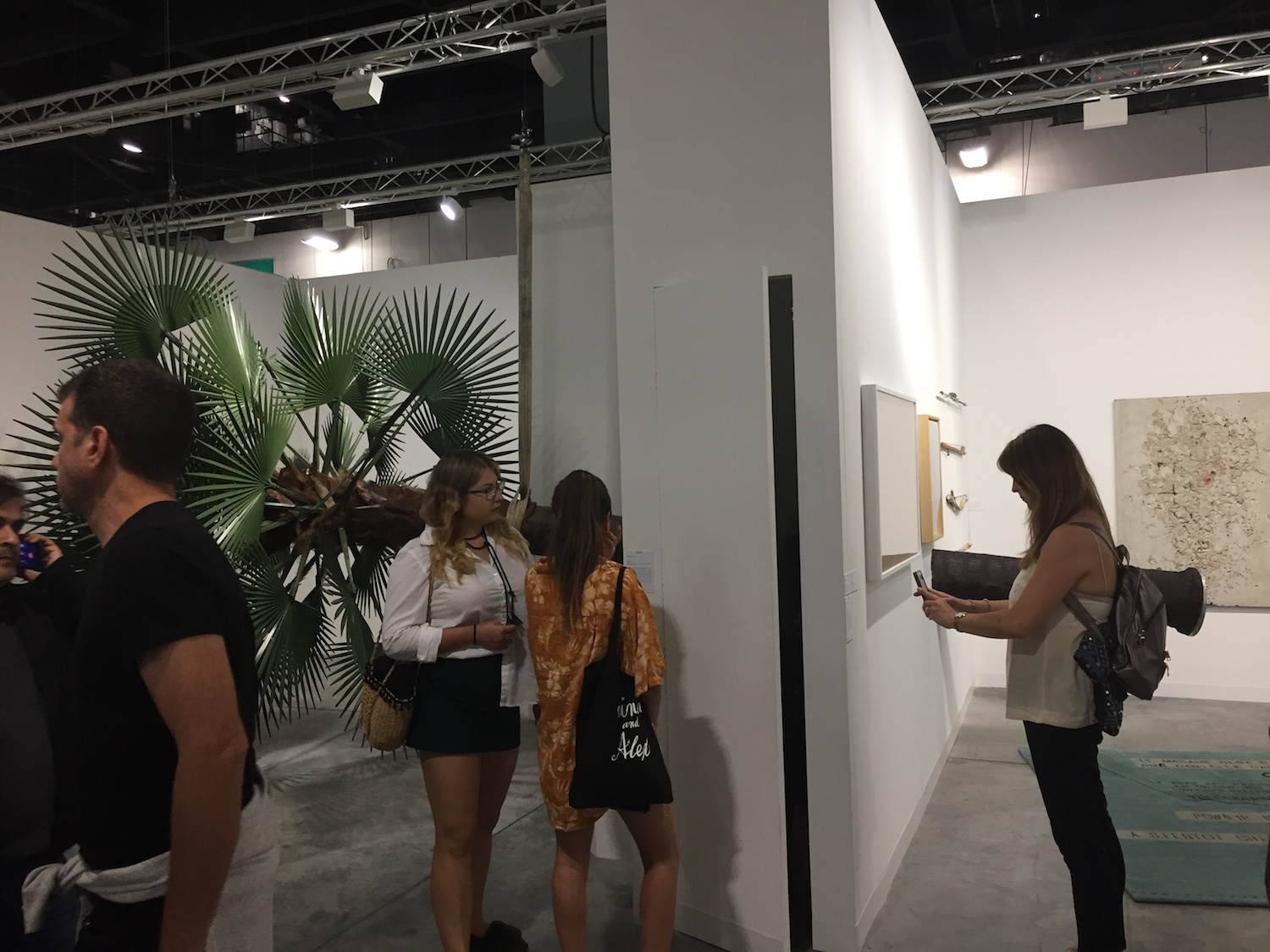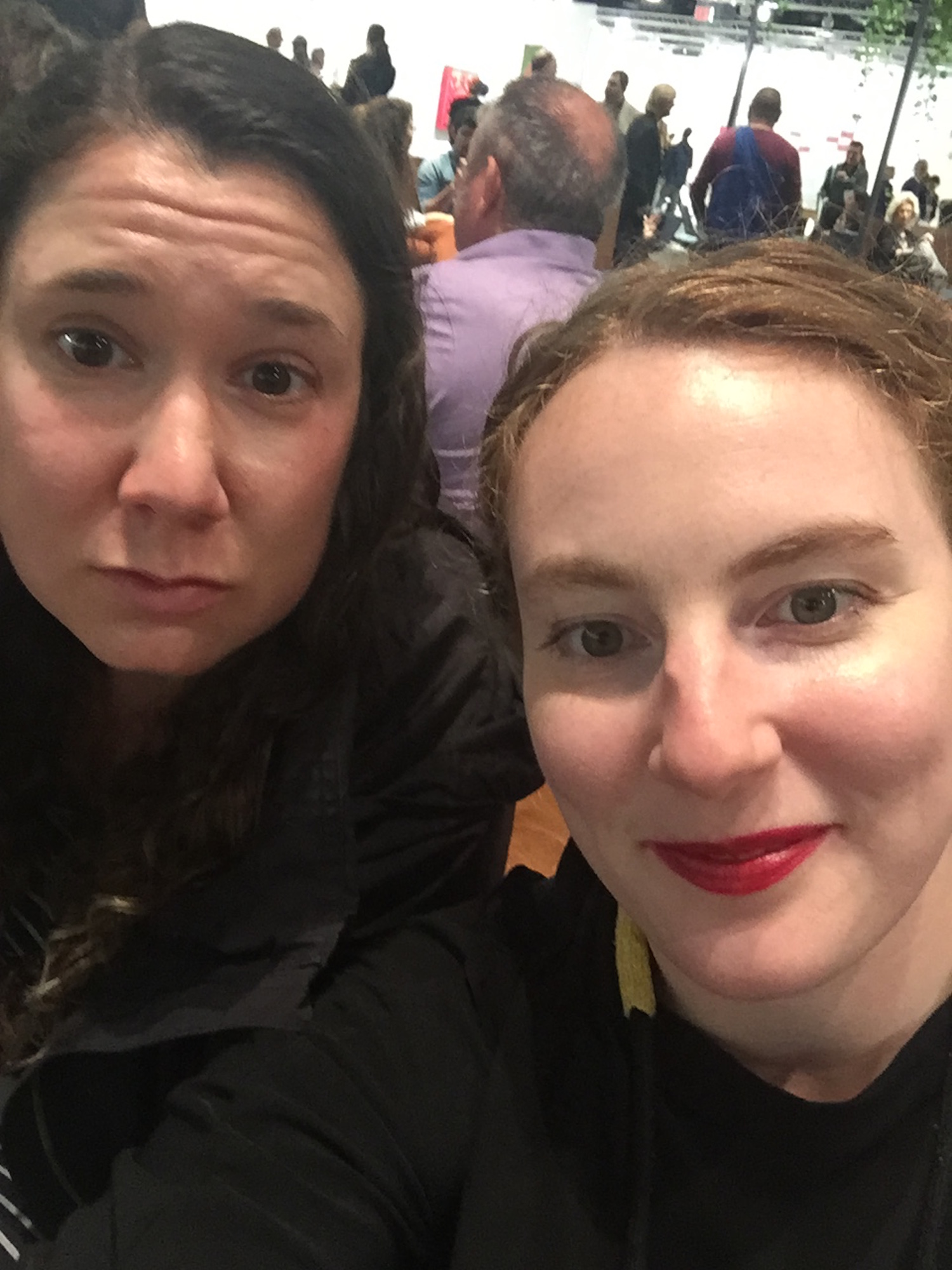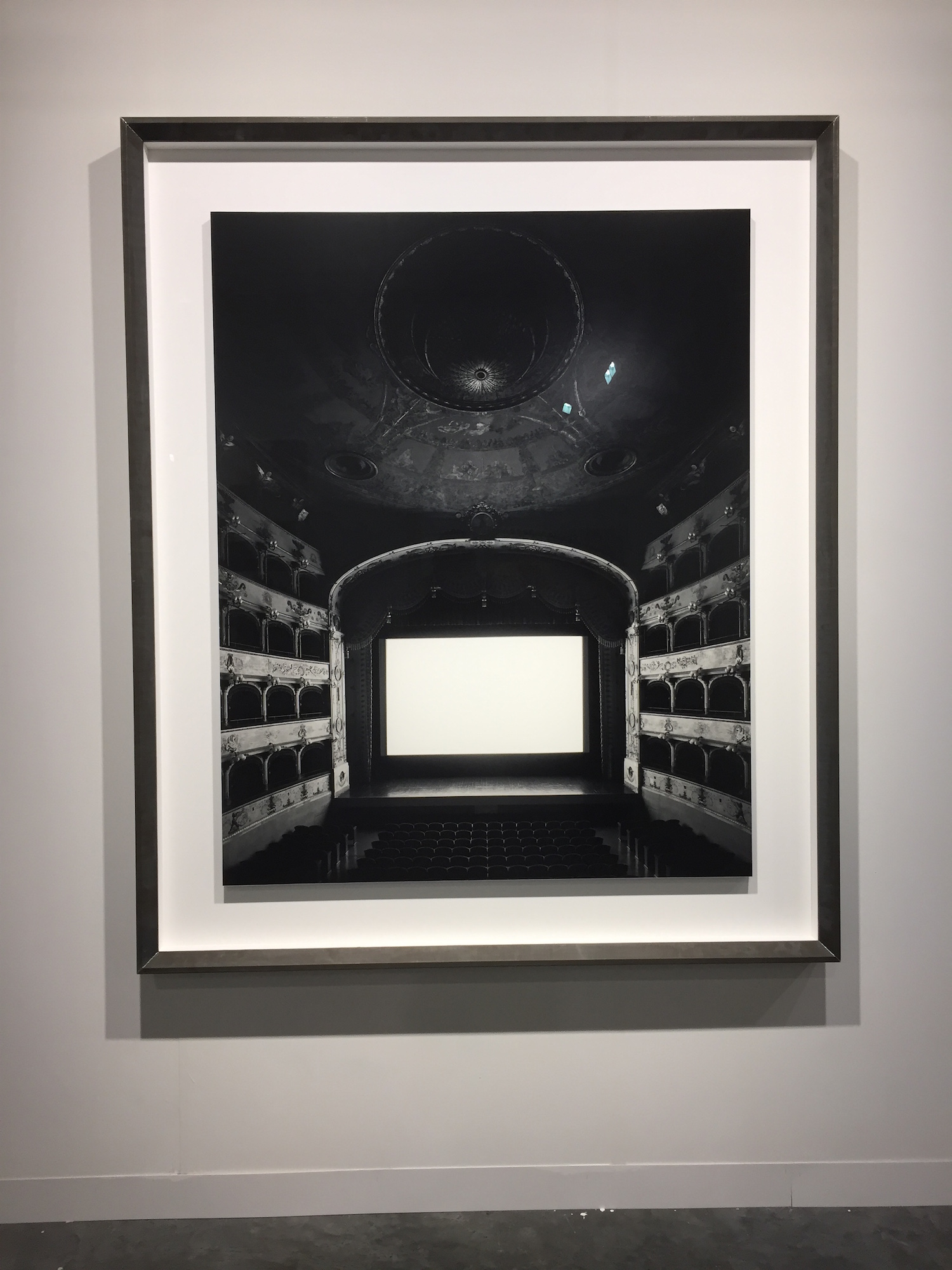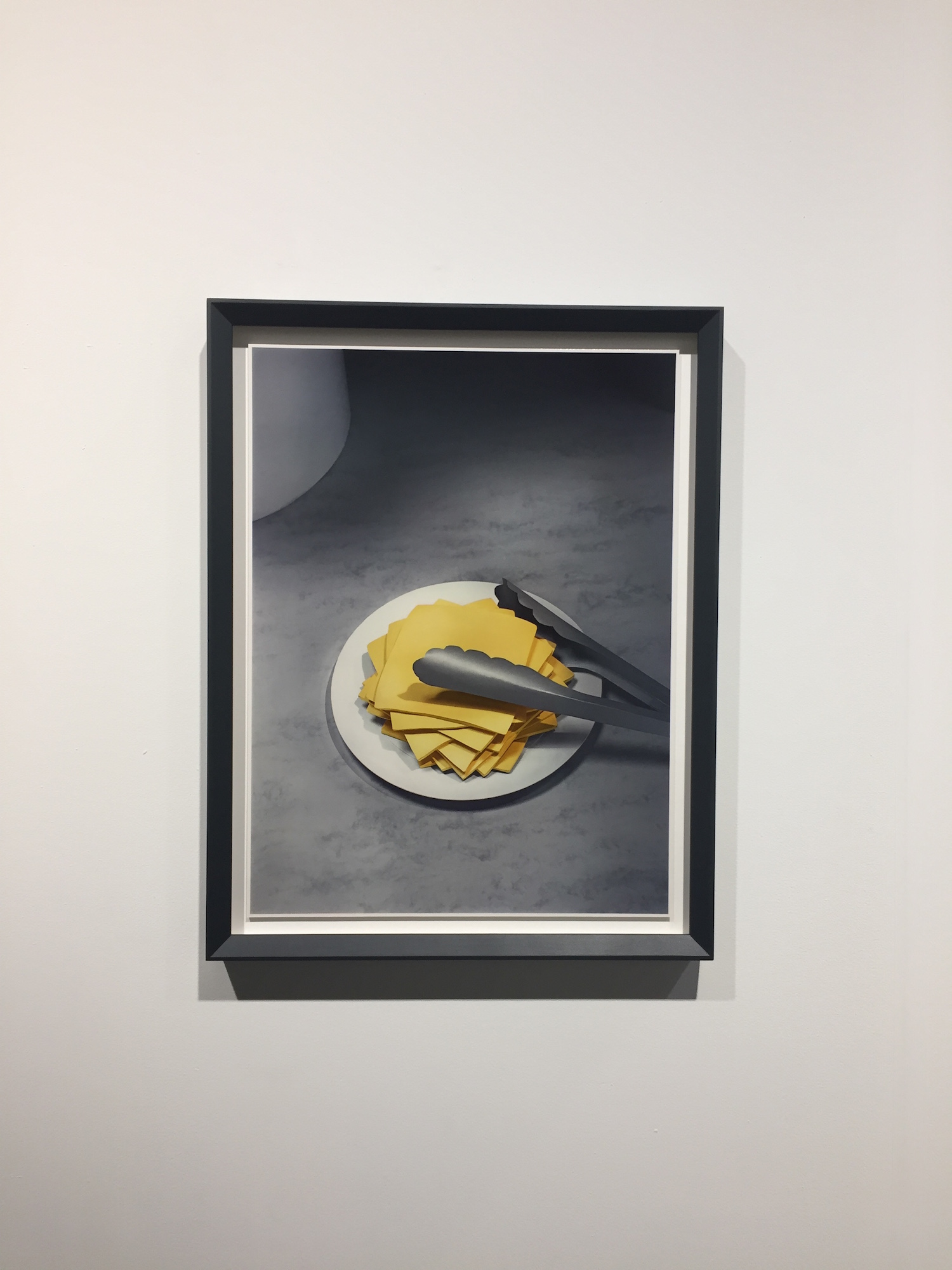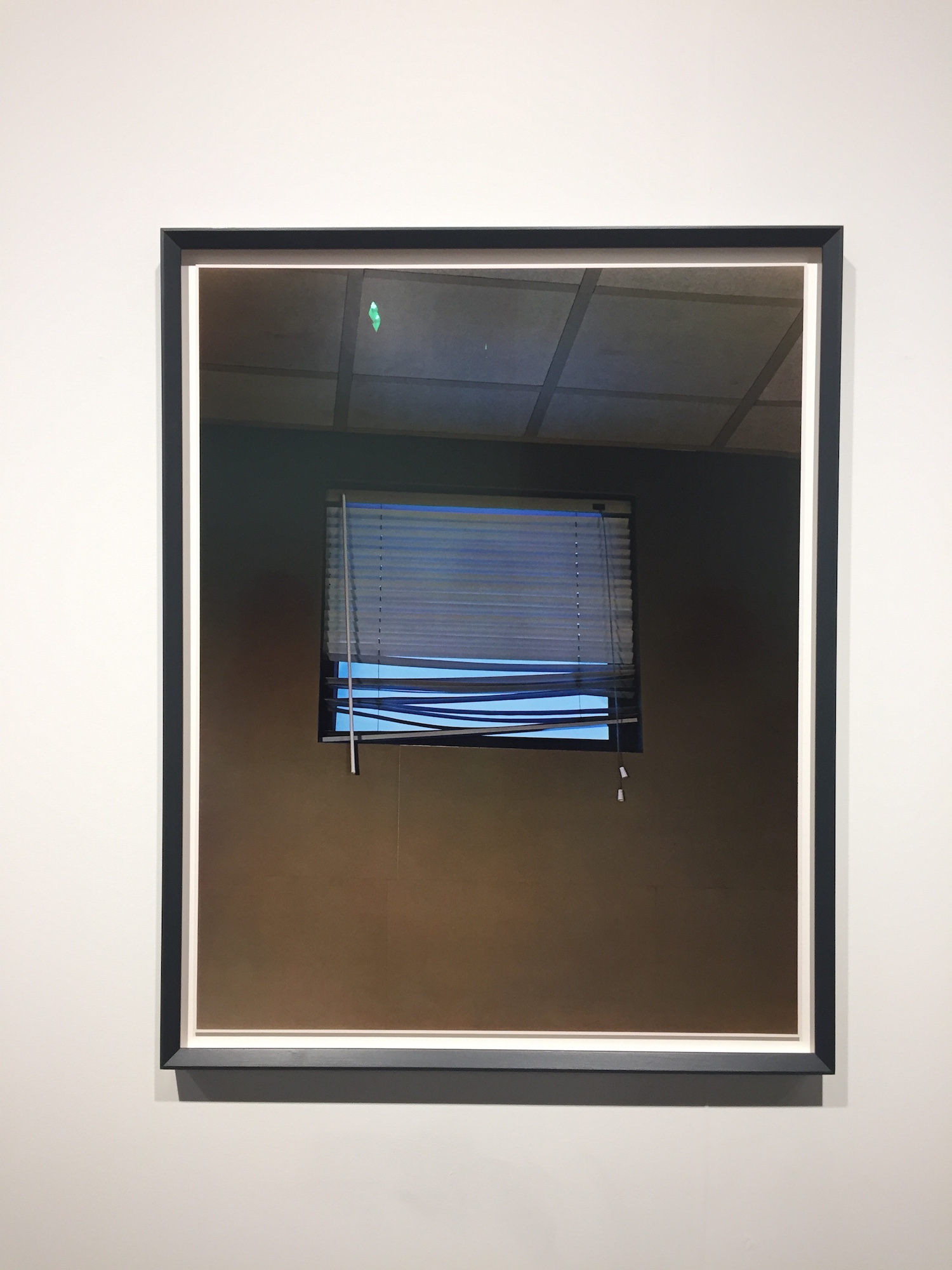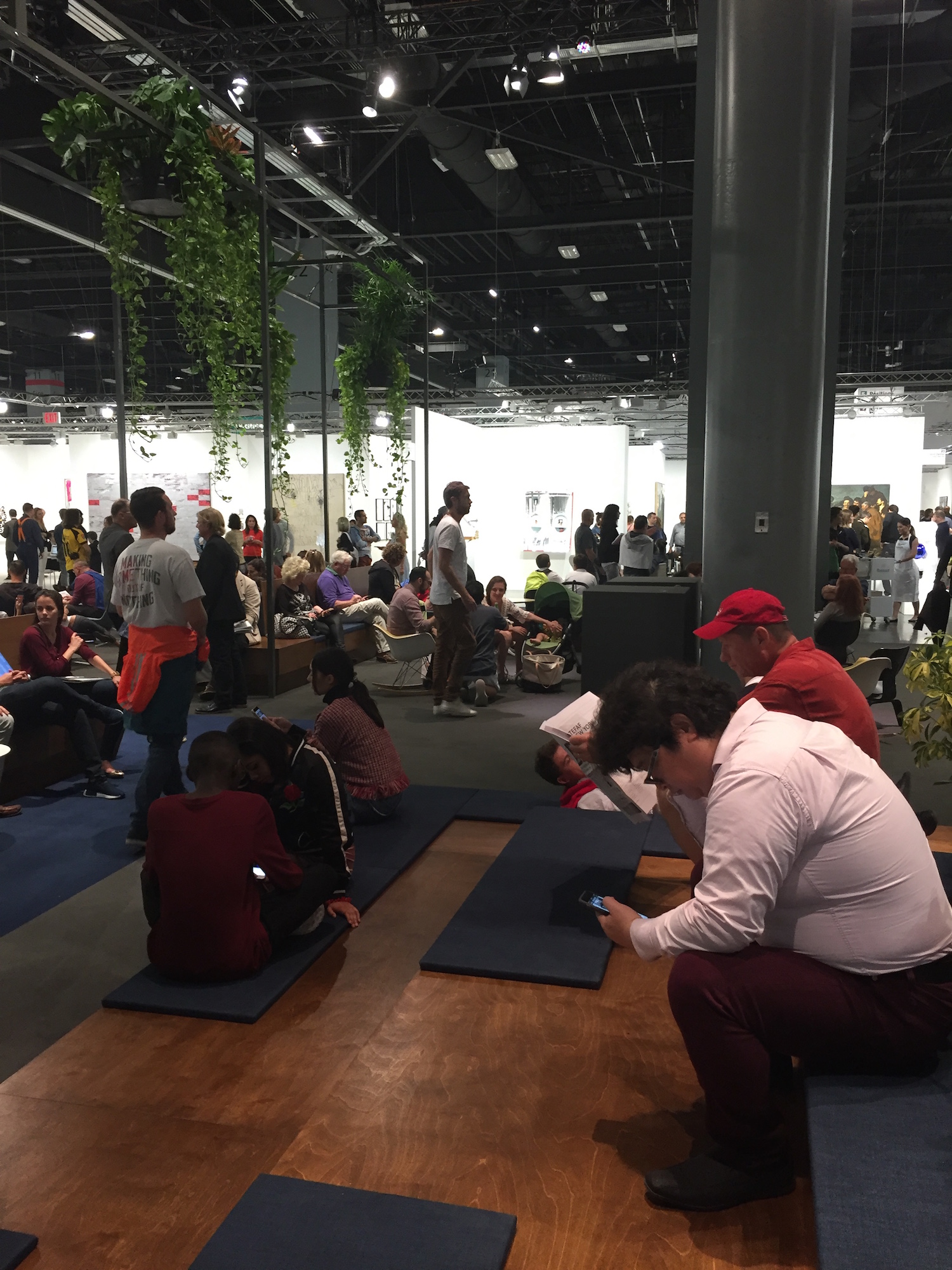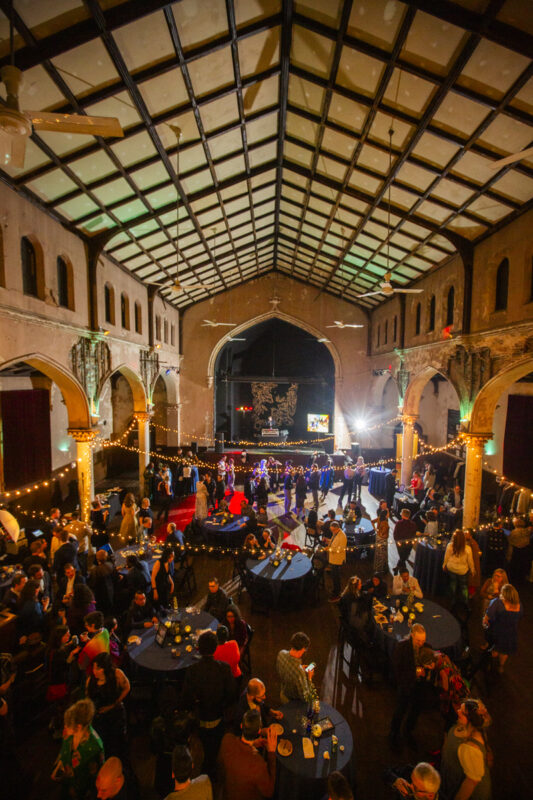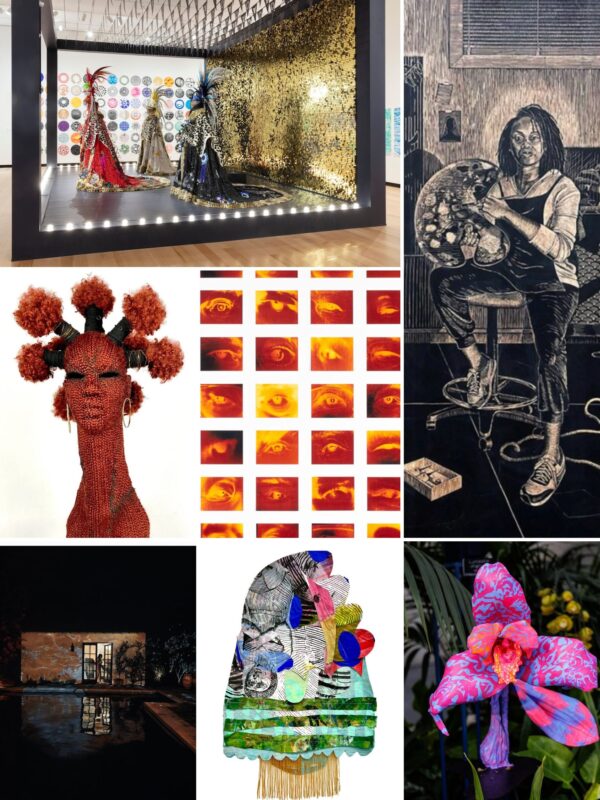One Year into Trump’s America, There’s a Lot Less Political Work Than You’d Expect and Other Stories by Suzy Kopf
The sweeping list goes on with issues large and small: 2017 has been a rough ride for the environment, minorities, women, the NFL, student loan forgiveness, American Airlines, and pretty much everything else. Now that it’s December, I can’t say I know anyone sad to see this year drawing to a close or particularly optimistic that 2018 will be any sort of balm. Yet oddly, in Miami this week, there was very little critique, commentary, or solidarity with the current political climate at any of the five fairs I visited. Instead, galleries showcased a range of work from the last few years that was frequently well-made, often beautiful, and had little to no connection with the political dumpster fire this year has been for our country.
A lot of artists have spoken recently about what a challenge it has been to go back to making their work while living in Trump’s America. Nigerian-American artist Njideka Akunyili Crosby, speaking at MICA in October, mentioned she fell into a post-election depression that, coupled with the birth of her son, made it extremely hard to get back into the studio. She eventually did, crediting the looming deadline of her solo show at the BMA, up through March 18th of next year. Like so many other artists, Crosby found a way to keep making her work despite the political climate— she had made a commitment she intended to honor. Doing the work became her way out of the worst of her depression and it was this commitment, interpreted in a myriad of formats, that was on wide display at Miami Art Week this year.
I thought this would irritate me, to see work made with a Pollyanna attitude—what’s the expression, making wine while Rome burns? But instead of being fed up with the commercial art world’s denial of the stark horror of the state of the world in 2017, I found the fairs oddly satisfying.
Within the labyrinthine walls of Art Basel or the beachy tent flaps of Untitled, the work I saw could have been made in any year, arbitrary of the president in the White House. And in a strange way, this consistency across fairs gave me a certain amount of something I wasn’t expecting to feel at all: relief.
I don’t want to say there was no politically engaged art at any of the fairs, there definitely was, but it was dusted lightly throughout, spread thinly in the back of booths or relegated to the hallways near the exits. When political art or commentary was featured prominently it generally functioned as a quotation such as the work of FIU students who, with the Estate of Gordon Matta-Clark, recreated his 1970 piece, Garbage Wall with 2017 trash gathered from a local nature preserve. The effect of this visually pleasing work, prominently displayed when walking into Untitled is an obvious question: “I thought we solved this problem?” While staring at the reality that of course, we have not. It was also a popular piece to take a picture with.
Garbage Wall at Untitled
Many of my favorite artists, seen in former fairs, enjoyed meaningful placement this year. At NADA, Galeria Agustina Ferreyra showchased the work of Puerto Rico born sculptor Christina Tufiño, just as they did last year. Contemporary art granddads and fair darlings Ed Ruscha and Alex Katz were unavoidable at Art Miami and Art Basel. And at Art Miami I saw and photographed the exact same painting, South Beach Alley II by Slovenian painter Miha Strukelj that I photographed and wrote about in 2015 when it was shown at Pulse in New York.
There was Astroturf, there was wallpaper, there were clever dealer chairs and tables. In short, I felt like I was having the same experience and seeing the same work as in past years because in many, many cases, I was. Again, I though this sameness would bother me, but I felt soothed like a child hearing a bedtime story for the thousandth time. In the chaos there was the reassurance that around the next corner there would probably be a shiny Jeff Koons to greet me.
There were some small shifts, and some trends which are thankfully fading. Perhaps it feels gauché right now to write words in neon or take a selfie in the reflective surface of an Anish Kapoor? Roughed up looking assemblage ceramics were still abundant but less so than in recent years, perhaps giving way to more polished pots and cast items. In every fair, there were booths showcasing paintings made either with traditional materials and a lot of textile works presented as paintings.
As with former years, each fair did bring a specific flavor and spice to Miami Art Week, so I wanted to present a few specific observations about Satellite, NADA, Untitled, Art Miami/ Context, and Basel, with lots of photos for reference…
Satellite Image Gallery:
Perhaps one of the biggest changes from year to year is the relocation of several fairs. At artist-run Satellite, this year isolated in the far reaches of North Beach in the vacant Ocean Terrace Hotel, participants were able to transform their room-booths without restriction.
The results were typically mixed, with some galleries like Philadelphia-based photo gallery Gravy transforming their space effectively with overhead lighting and purposeful installation. Another successful transformation was the simple black light photographer Aaron Rayburn utilized to light and make even more intimate his selection of portraits of 50 friends made in the first 100 days of Trump’s presidency.
Also of note, the work Totem by Tampa based multidisciplinary artist Chasity Williams, who has enjoyed a busy year, being included in this past summer’s Skyway exhibit at the St. Petersburg Museum of Art.
NADA Image Gallery:
NADA was also in a new location this year, returning to the Ice Palace Studios in Miami’s downtown. The venue, more white cube than the Deauville hotel, where the fair has been located in recent years, felt appropriately grand for the work inside which spanned all manner of media. I was charmed by the abstracted self portrait ink paintings of Piotr Makowski paired with the cast ceramic buttholes of Zoe Williams. The gallery will sell them separate of course but I was told some collectors just can not bring themselves to separate them! How many does one need?
Untitled Image Gallery:
Untitled presented a strong fair this year, excelling as usual at booth design and painting. Standouts were KLEINDIENST gallery’s vibrant wallpaper, Justin Favela’s tissue paper paintings and of course, Baltimore’s own Amy Sherald. Also of note were Toronto based galleries MULHERIN and MKG127 which both had strong programs of painting and sculpture.
Art Miami / Context Image Gallery:
At Art Miami, Philadelphia’s Wexler Gallery curated their booth into distinctive country and city spaces, placing a large barn door-inspired Sean Scully on a backdrop of clouds while a carpet of Astrotruf was the base for Julian Opie’s Sheep, Fox and Rabbit pieces from 2007.
Behind a partial wall, ceramist Roberto Lugo’s pieces, some of which were inspired by the artist’s upcoming spring collaboration with the Walters museum, represented the city part of the installation. Chelsea’s C24 Gallery showcased a whimsical melted dollhouse by artist Brian Tolle, Go Ask Alice made out of a vinyl bean bag chair and platinum silicon rubber.
Art Basel Miami Image Gallery:
Art Basel, the fair with the most prominent names, had great pieces by Ernesto Neto, Anni Albers, and Barry McGee spanning installation and painting. At Magazzino gallery it was hard to get all of Elisabetta Benassi’s Mimetica in one photo, so crammed was the booth when I was there. The piece, an artificial palm tree typically used to hide mobile telephone towers, bisected a booth wall diagonally invading the space of the spectators.
Tomás Saraceno, whose work is currently on display at the BMA, had two pieces up at Tanya Bonkdar Gallery drawing a crowd of selfie-takers.
My personal favorite from this year’s Basel were small prints by Thomas Demand at Sprüth Magers, which featured paper sculptures digitally photographed in such a way that one spectator, mansplaining and walking fast in the exhausted way of fairgoers, told his dates incorrectly they were “just paintings and let’s find a drink already.”
I don’t mean to be too flip in my reporting here, so perhaps it is too soon to really comment on the ramifications of 2017 for the art world. Maybe no one–the artists, the galleries or the clients–really wants to think about all of it too hard. Maybe the political work is coming, maybe it is still being made, or the artists who will make it are still in school?
However, if art is currently functioning as a much-needed escape hatch, so be it. Some people say that all art is political, but it’s possible that the art world, and the art at art fairs, is serving an essential but not-yet-defined role by staying in an apolitical limbo. Perhaps good art serves a purpose in itself and this glaring omission isn’t the worst thing. We live in uncertain times after all.
Author Suzy Kopf is a recent Brooklyn to Baltimore transplant. Suzy is a painter and just completed an MFA degree at MICA. She is a co-founder of the Gowanus Swim Society, a Brooklyn, NY based art collective.
